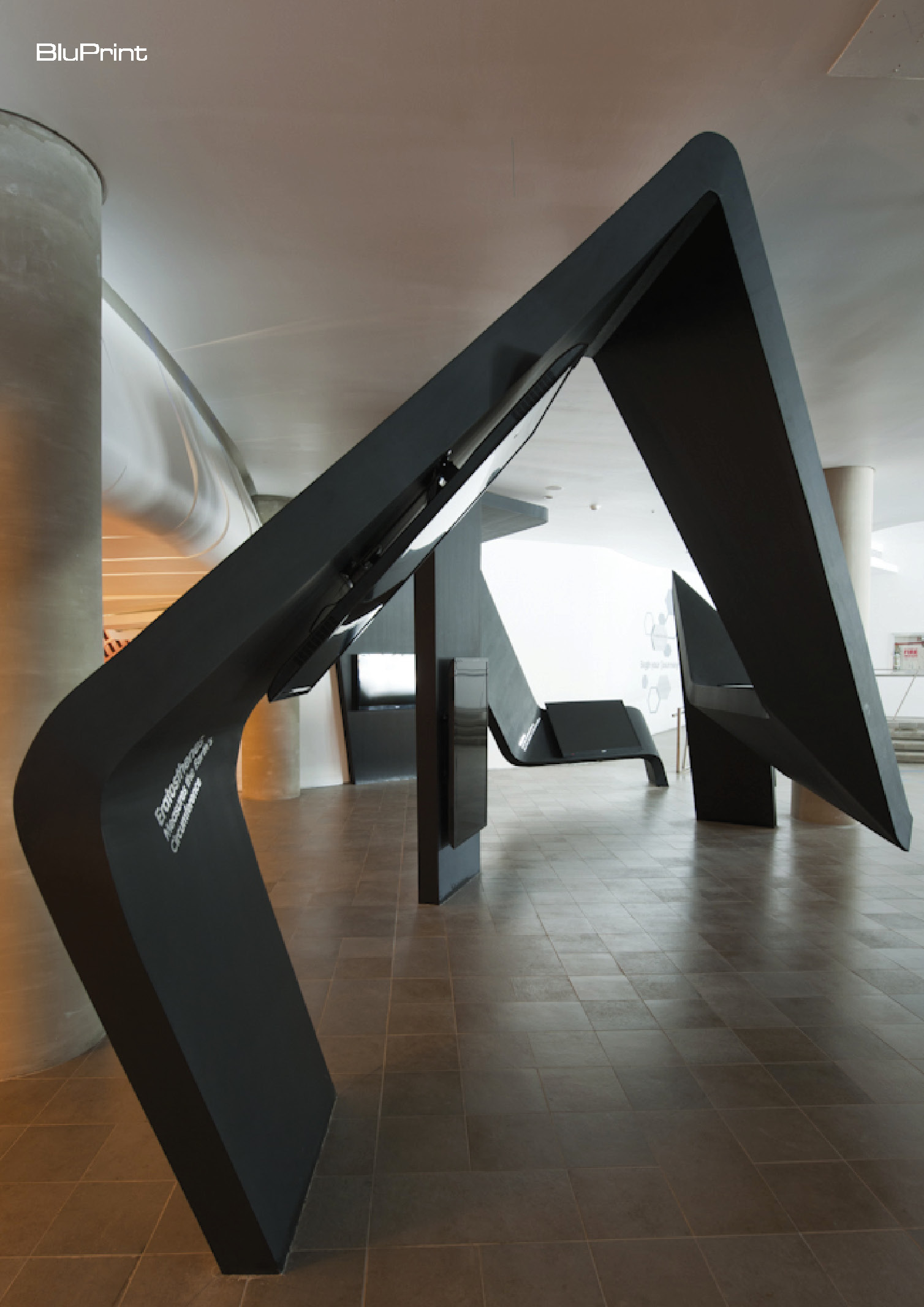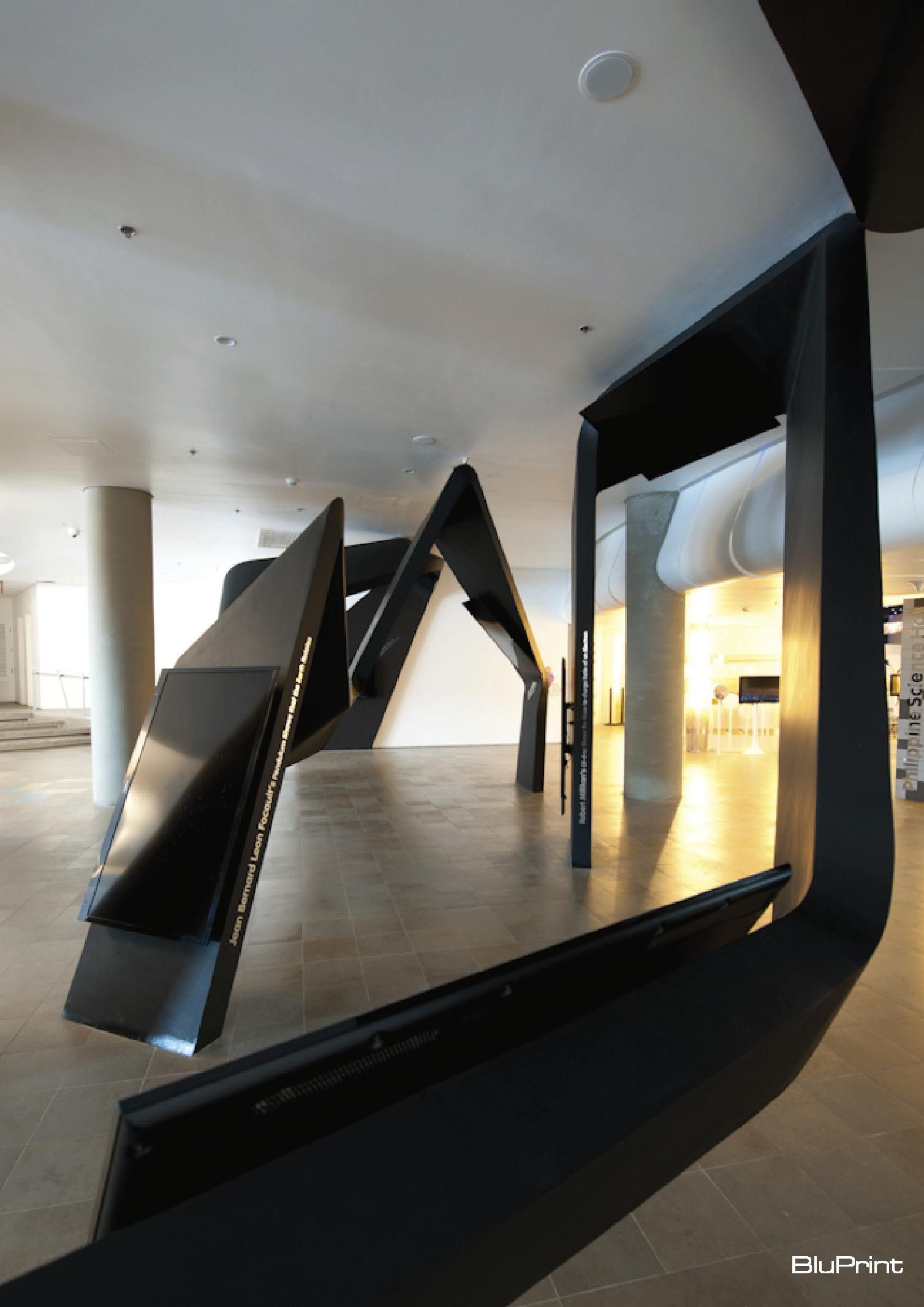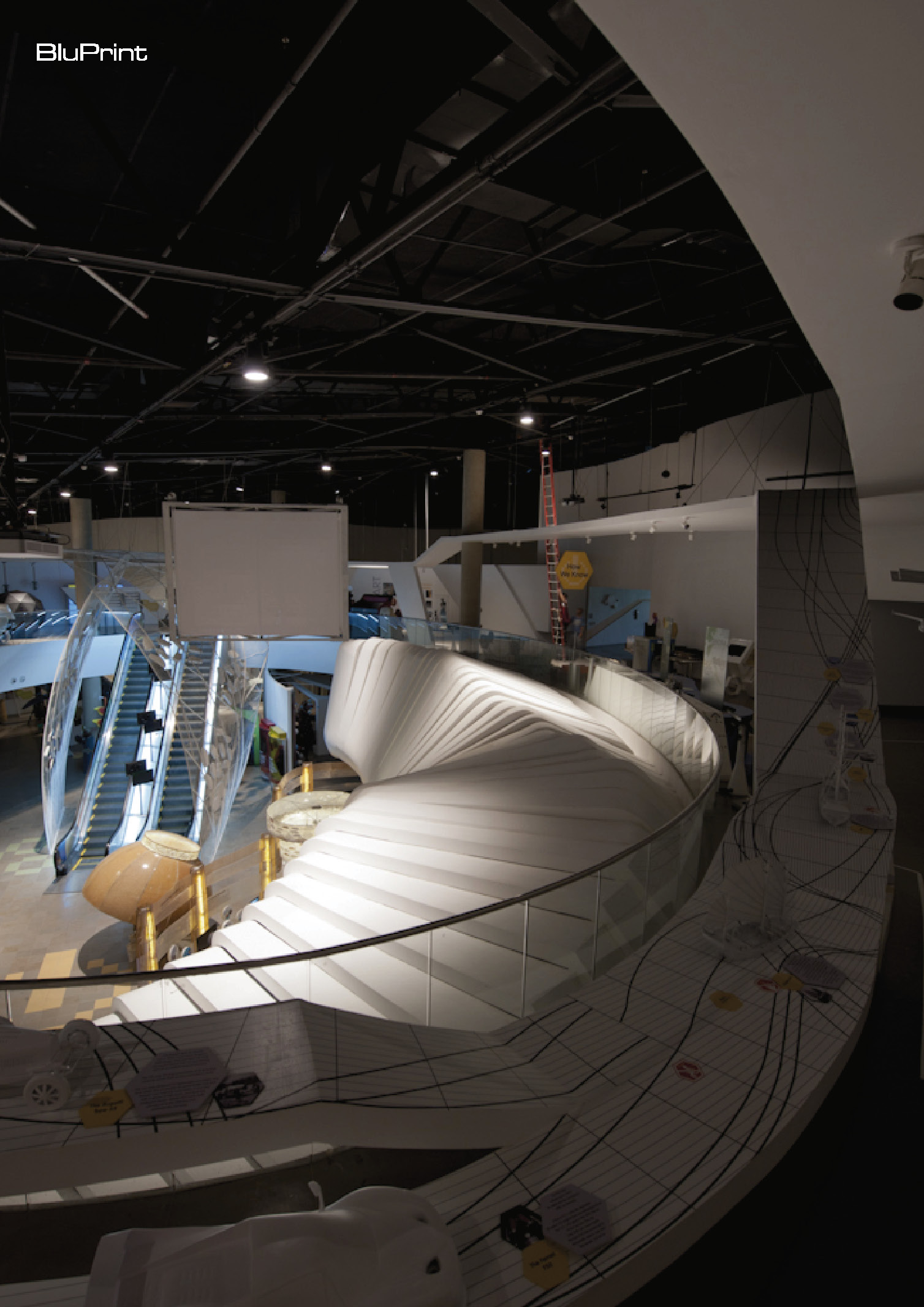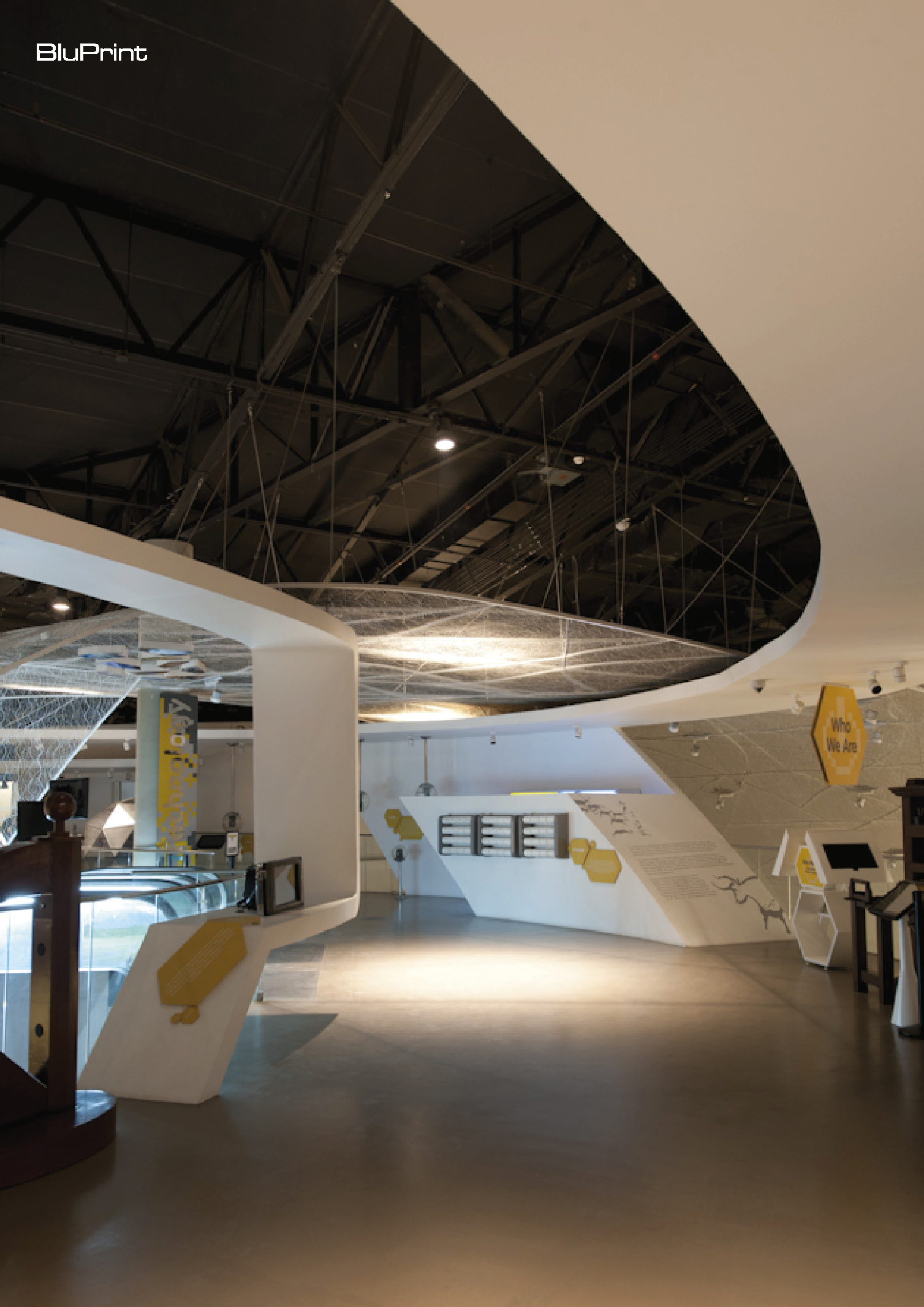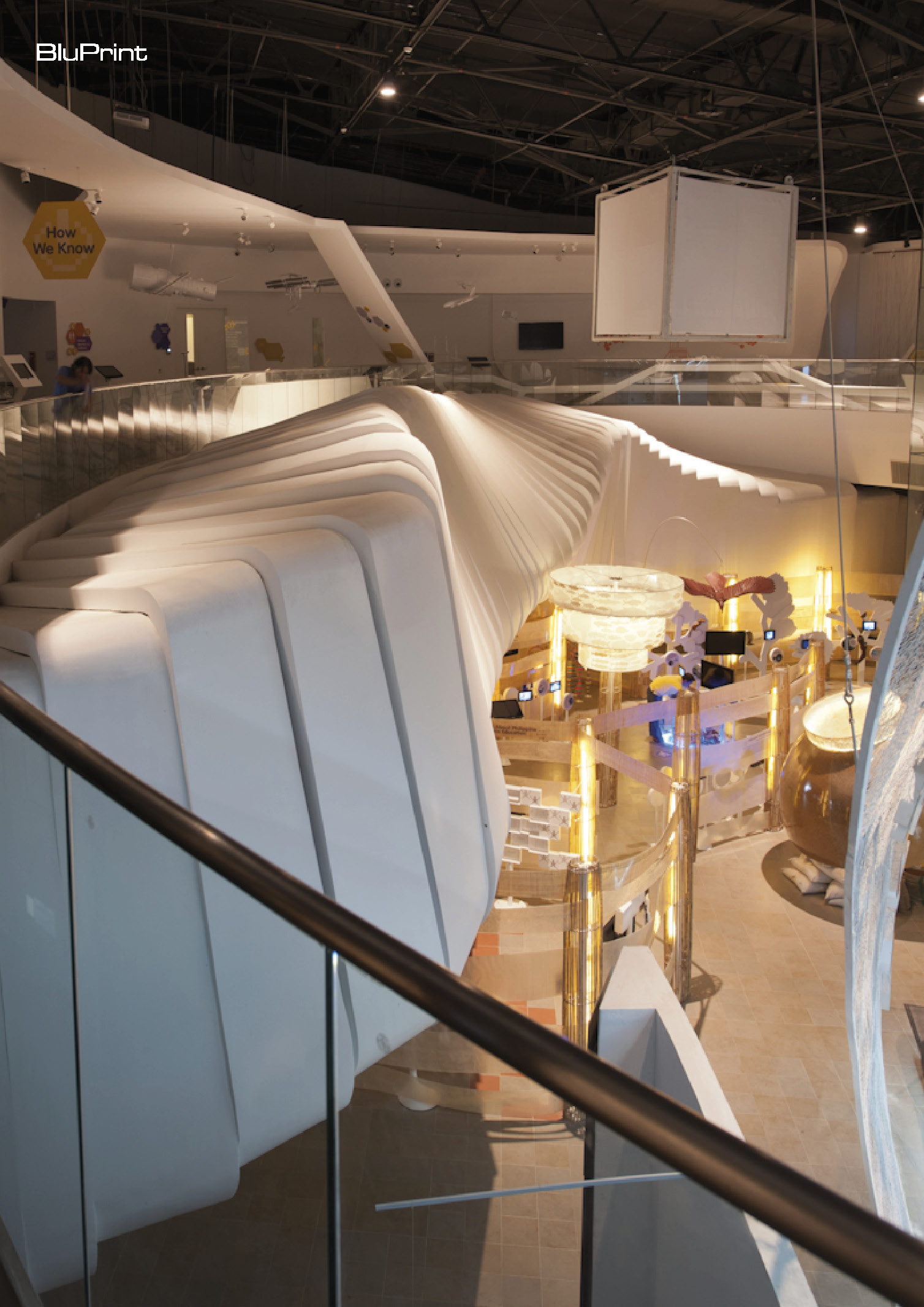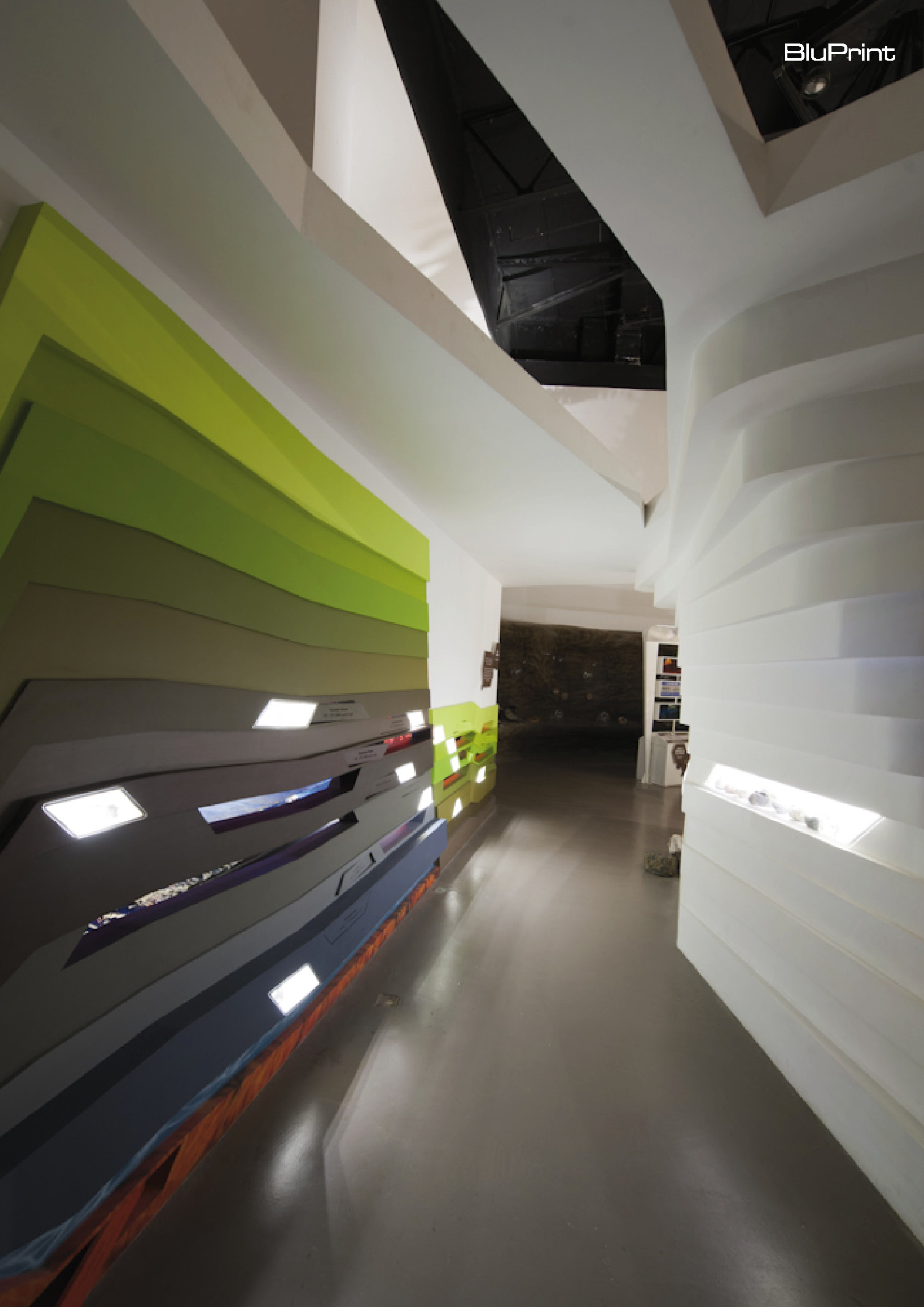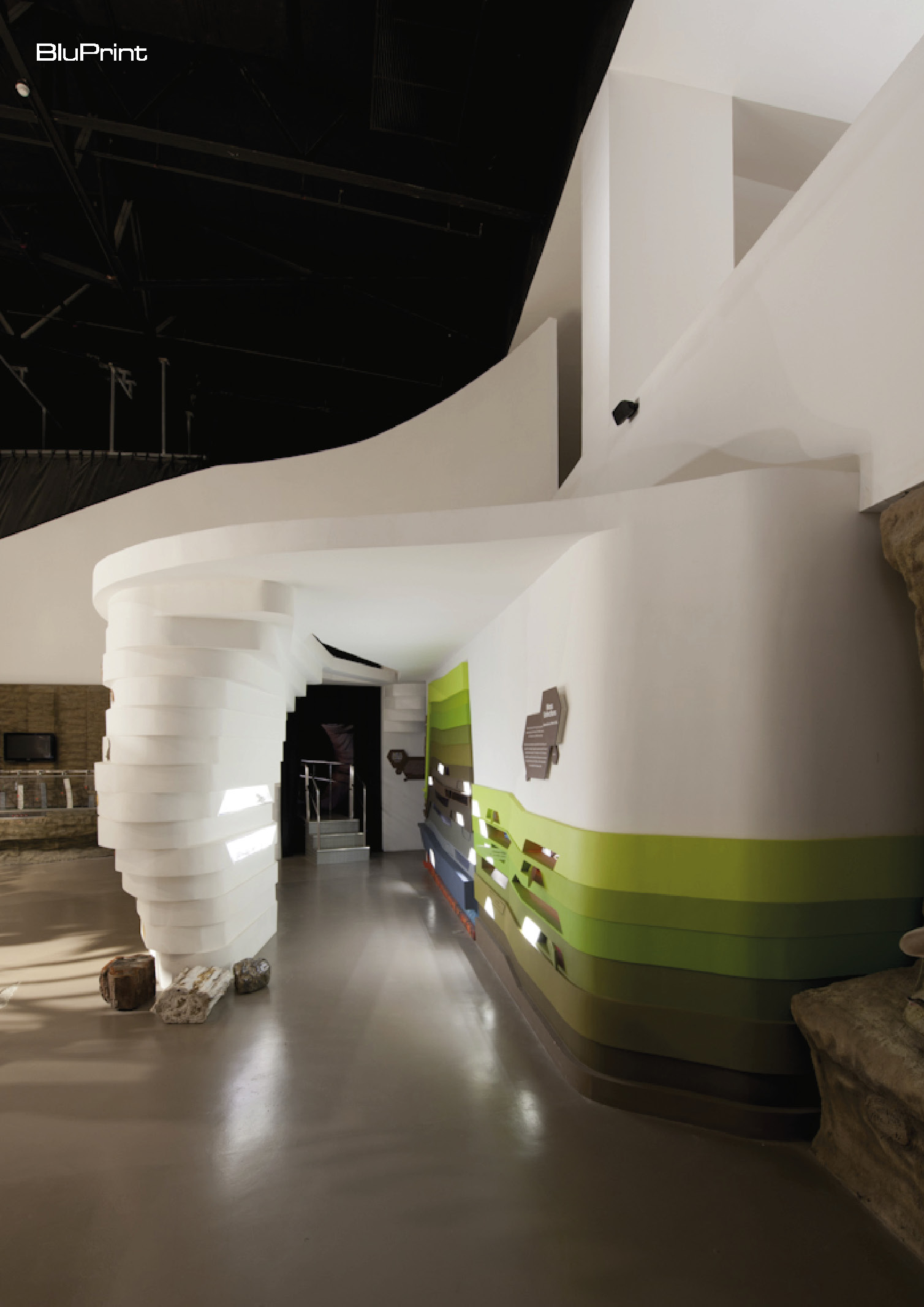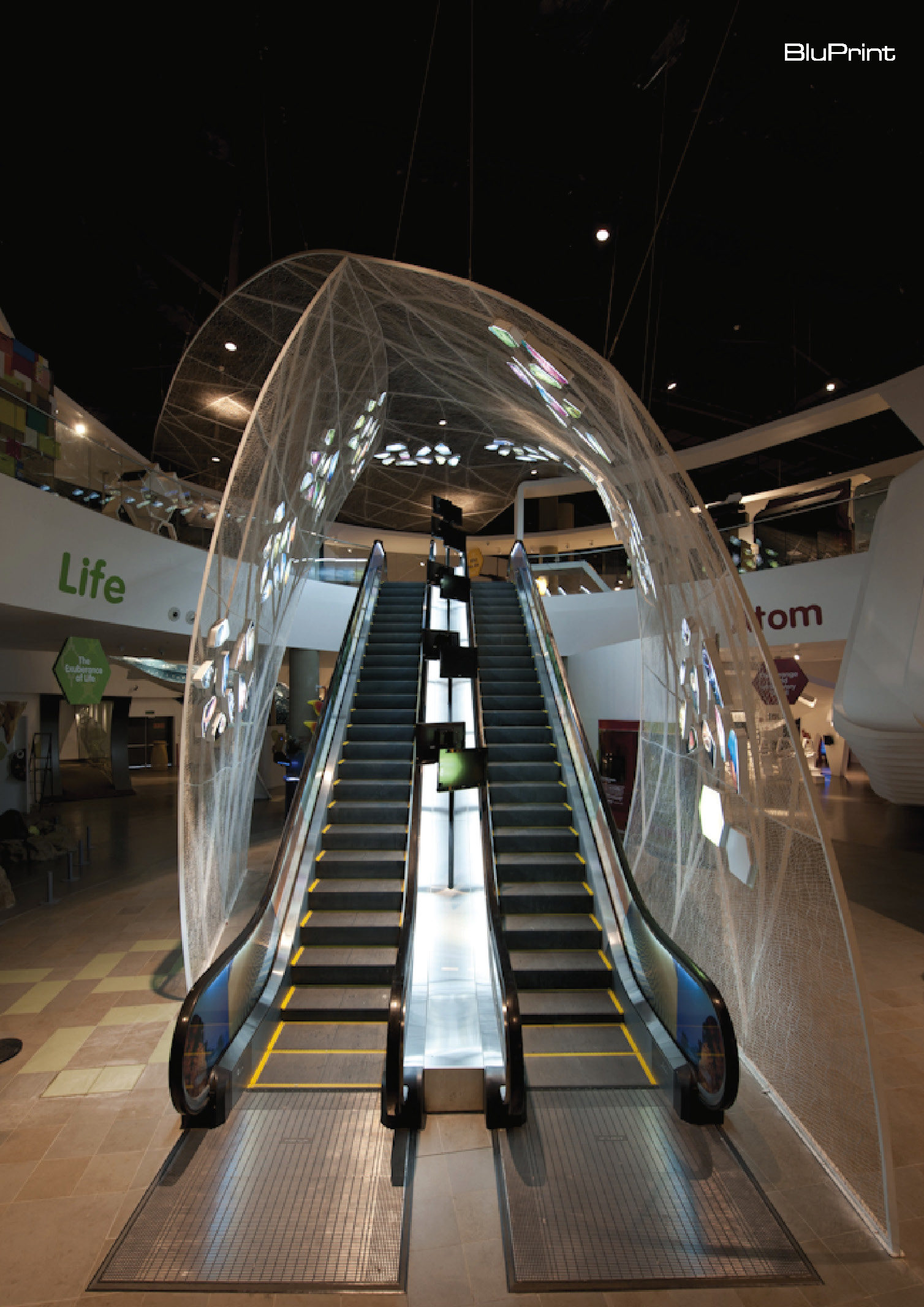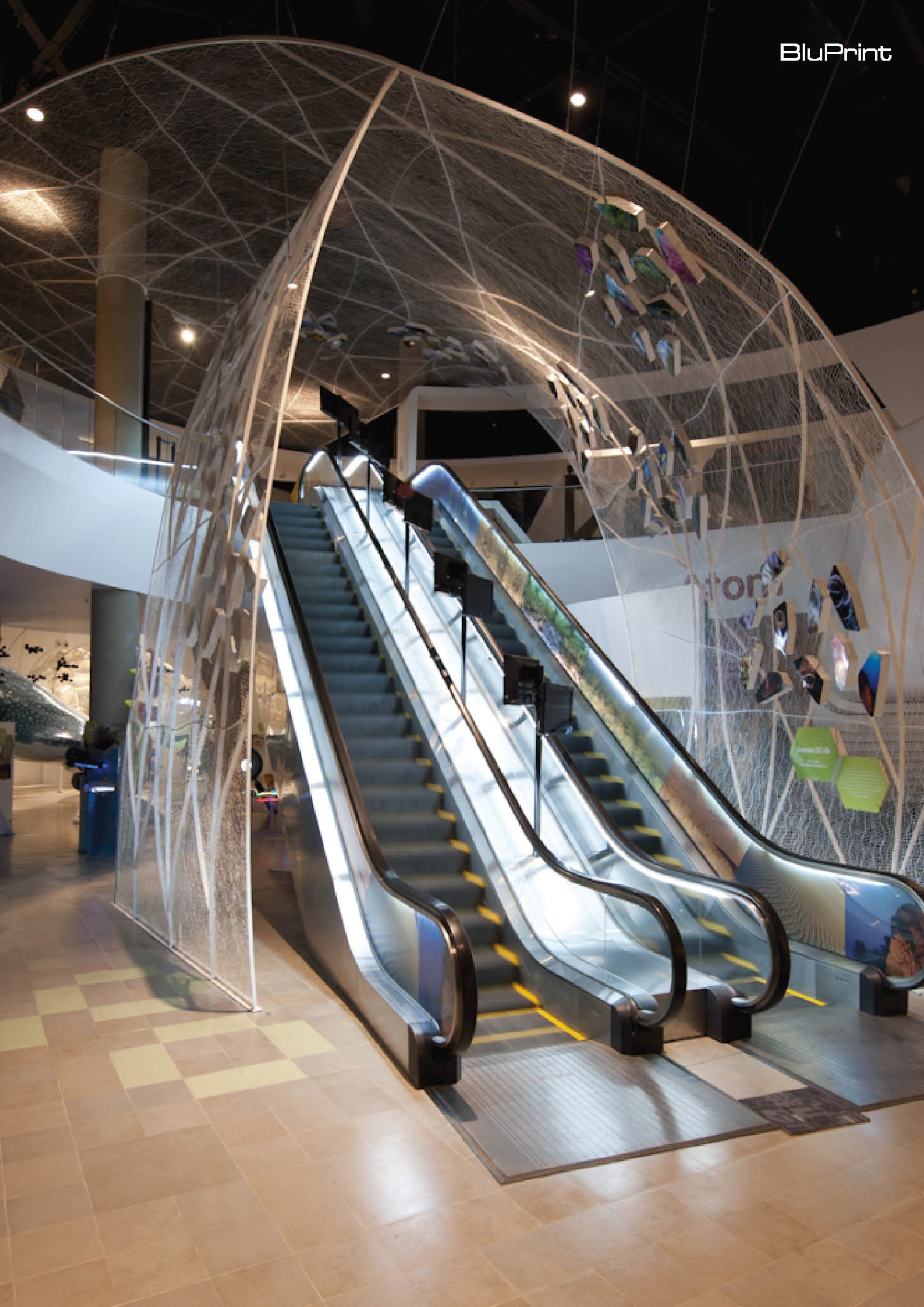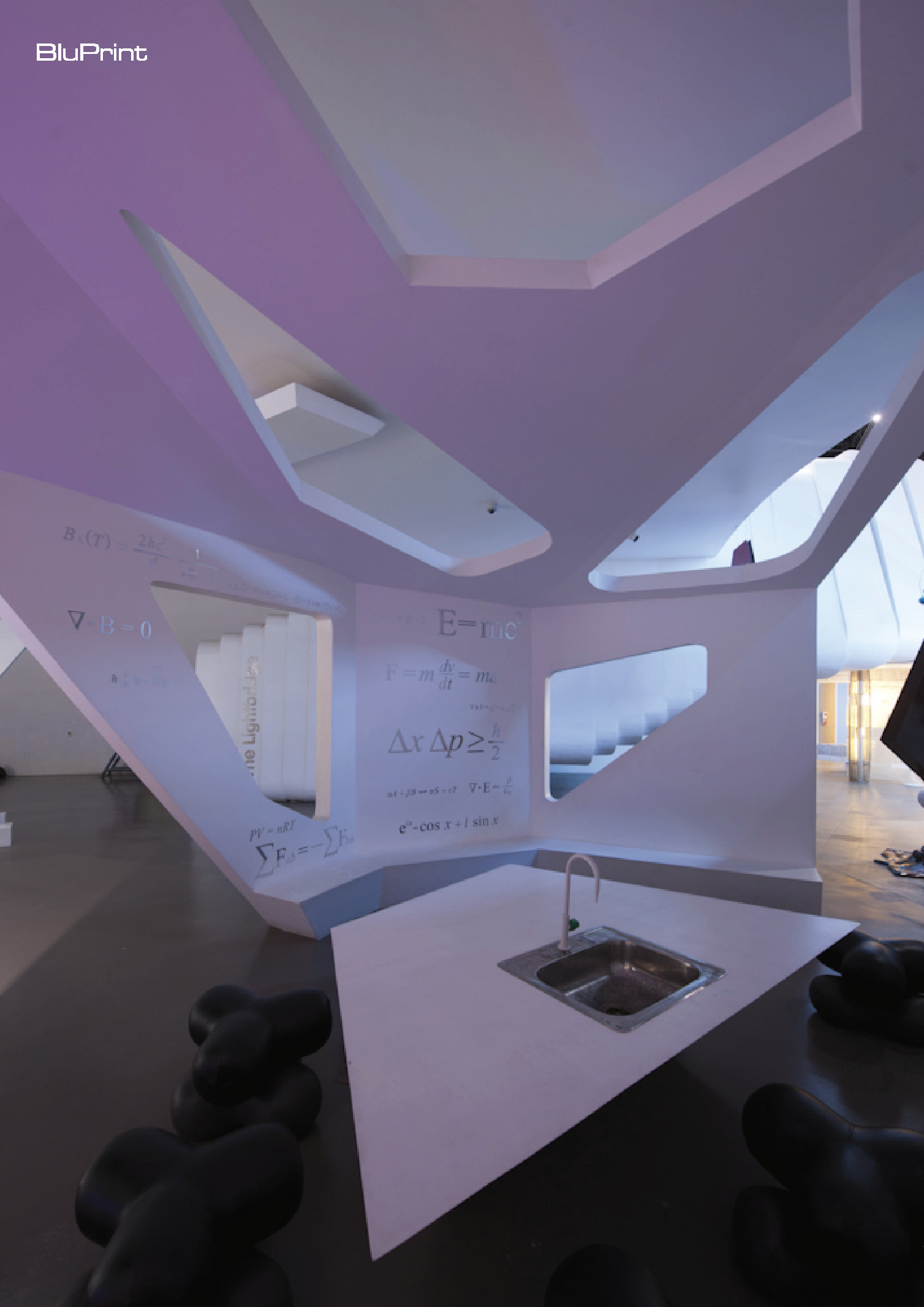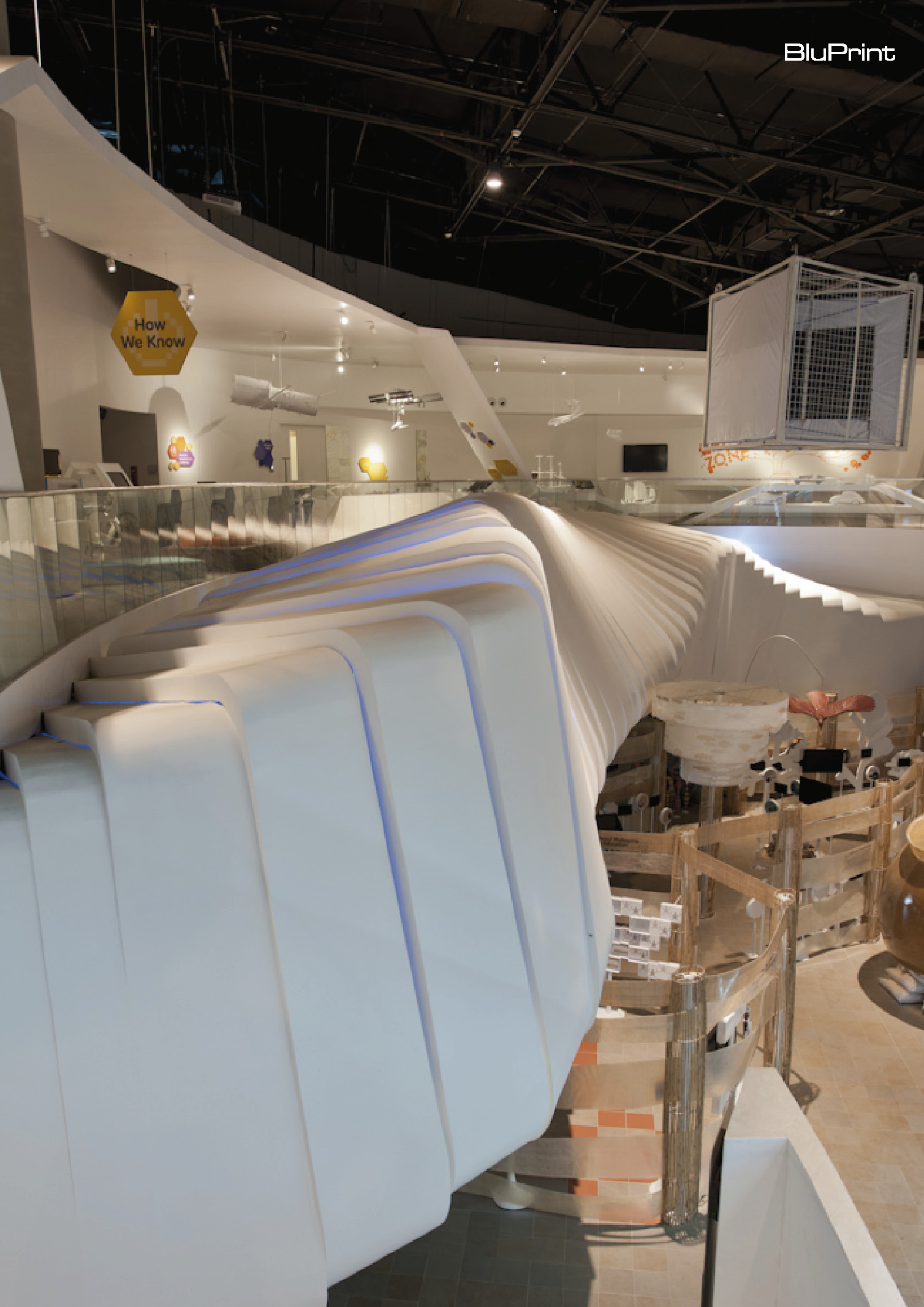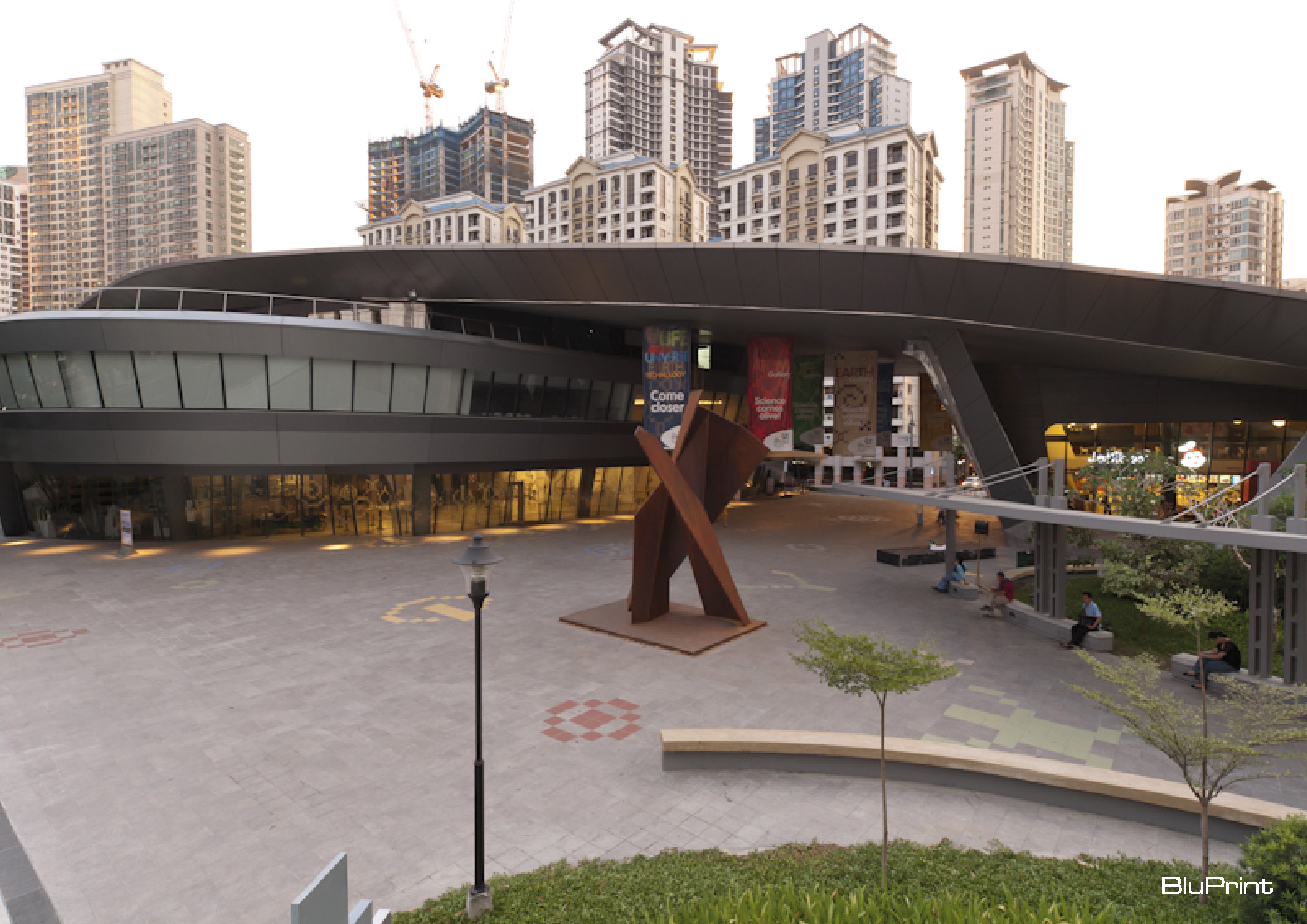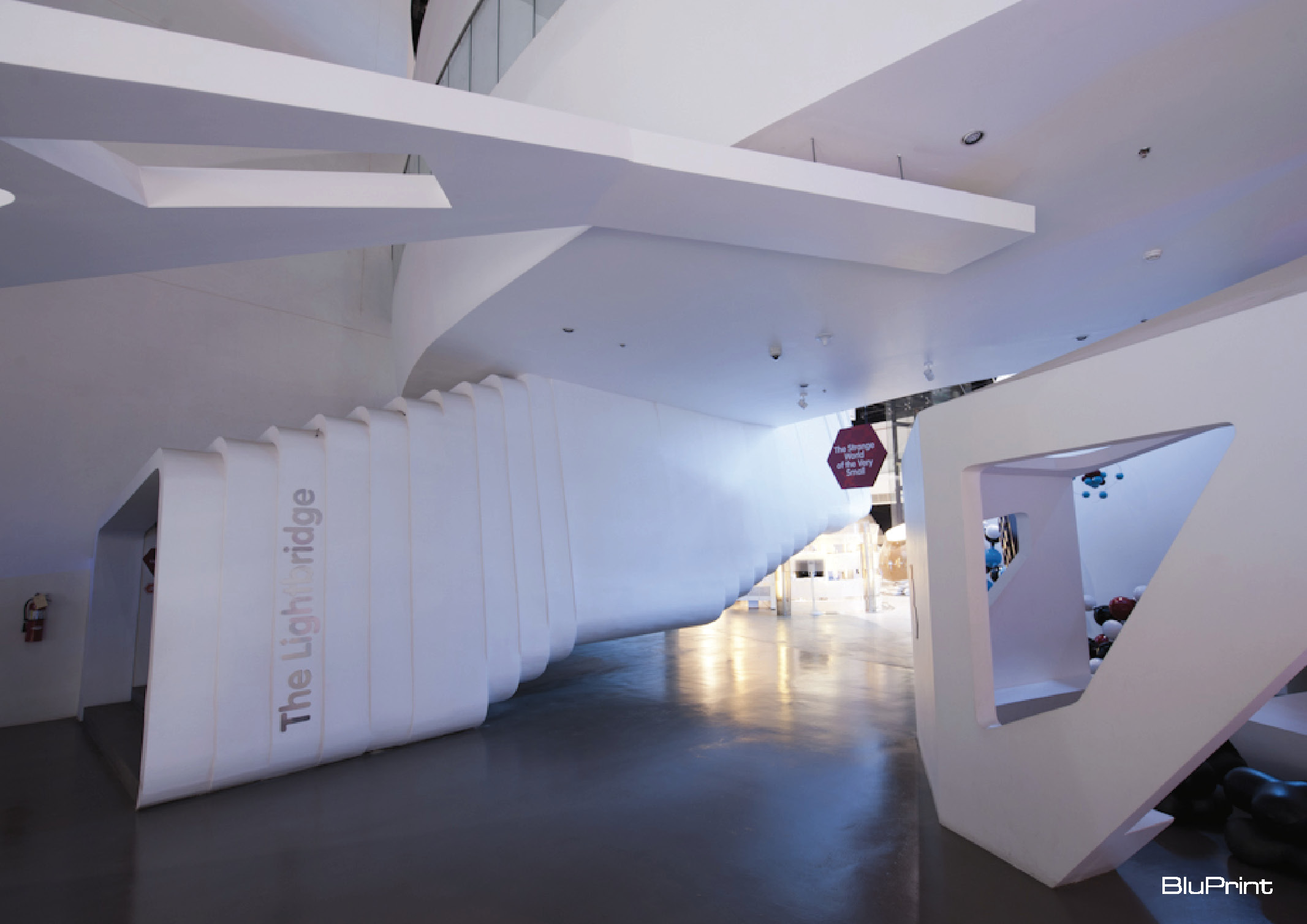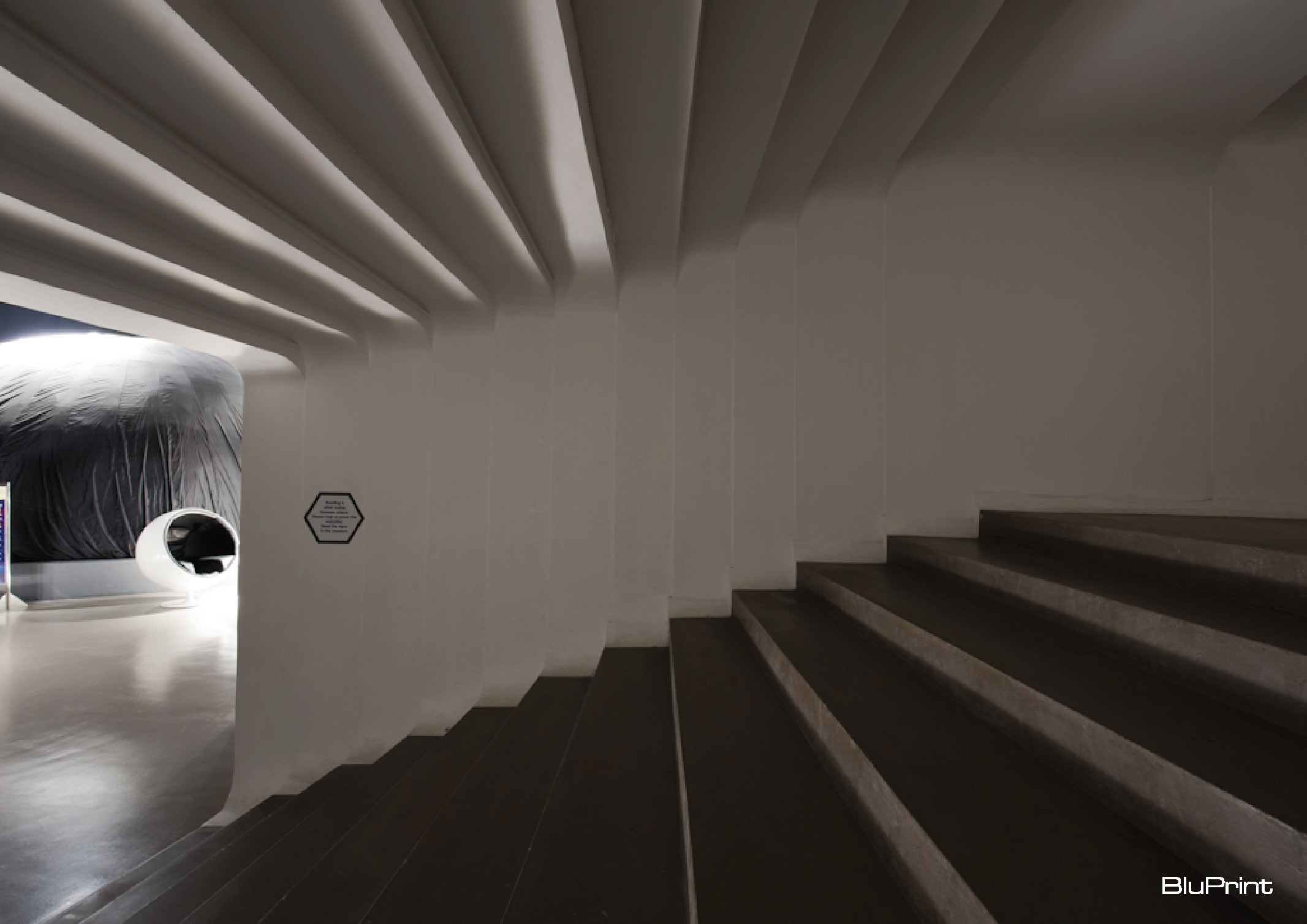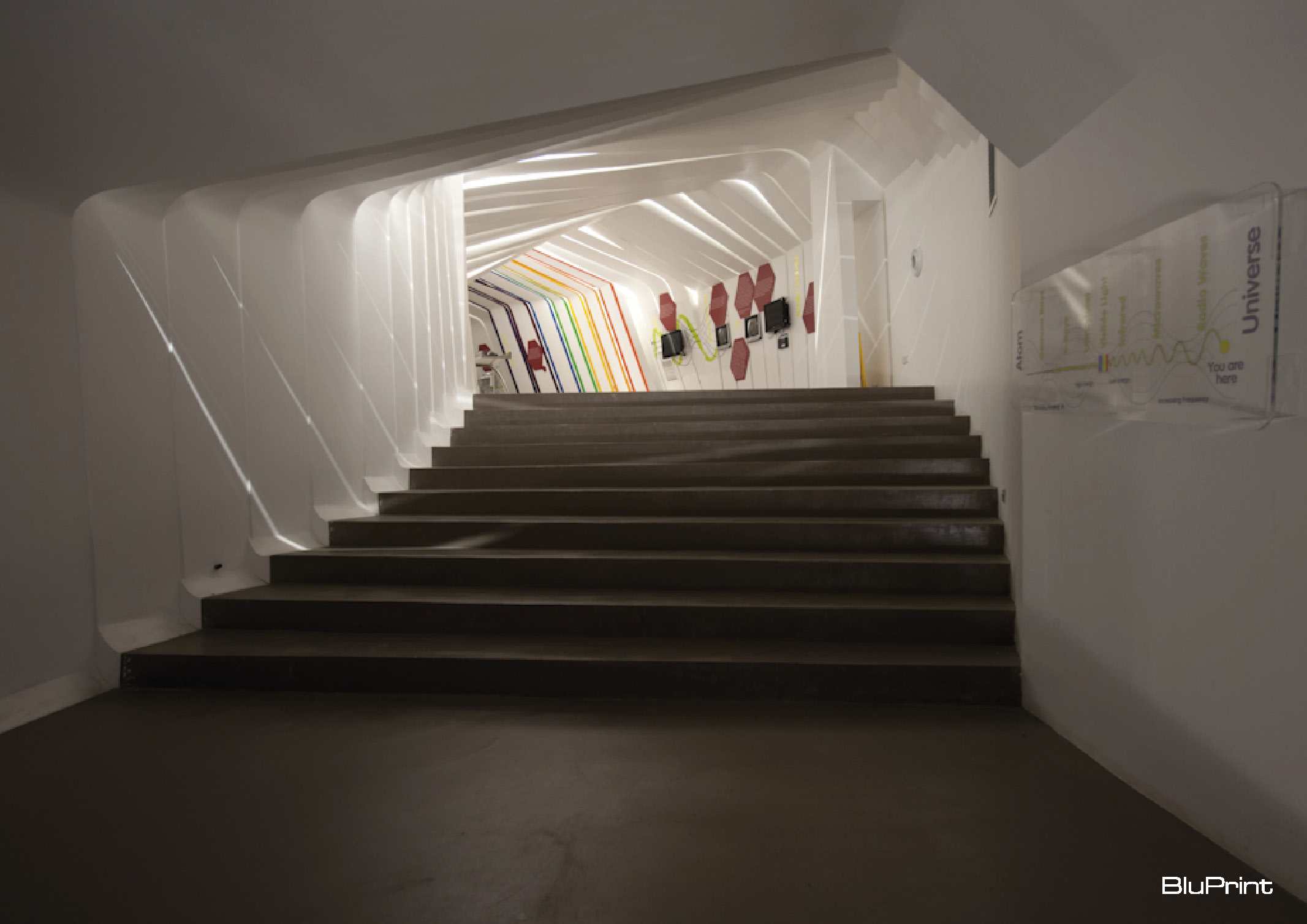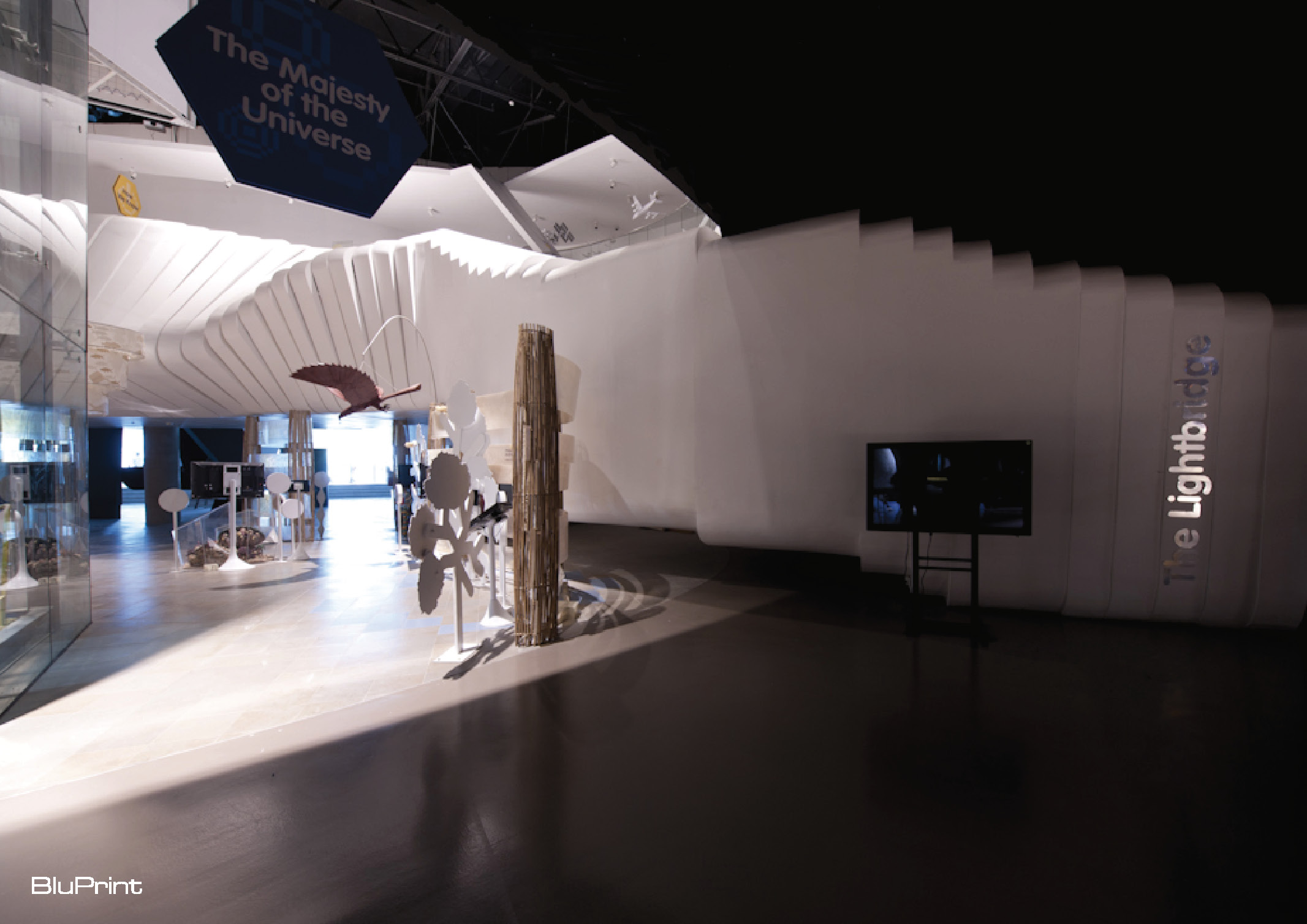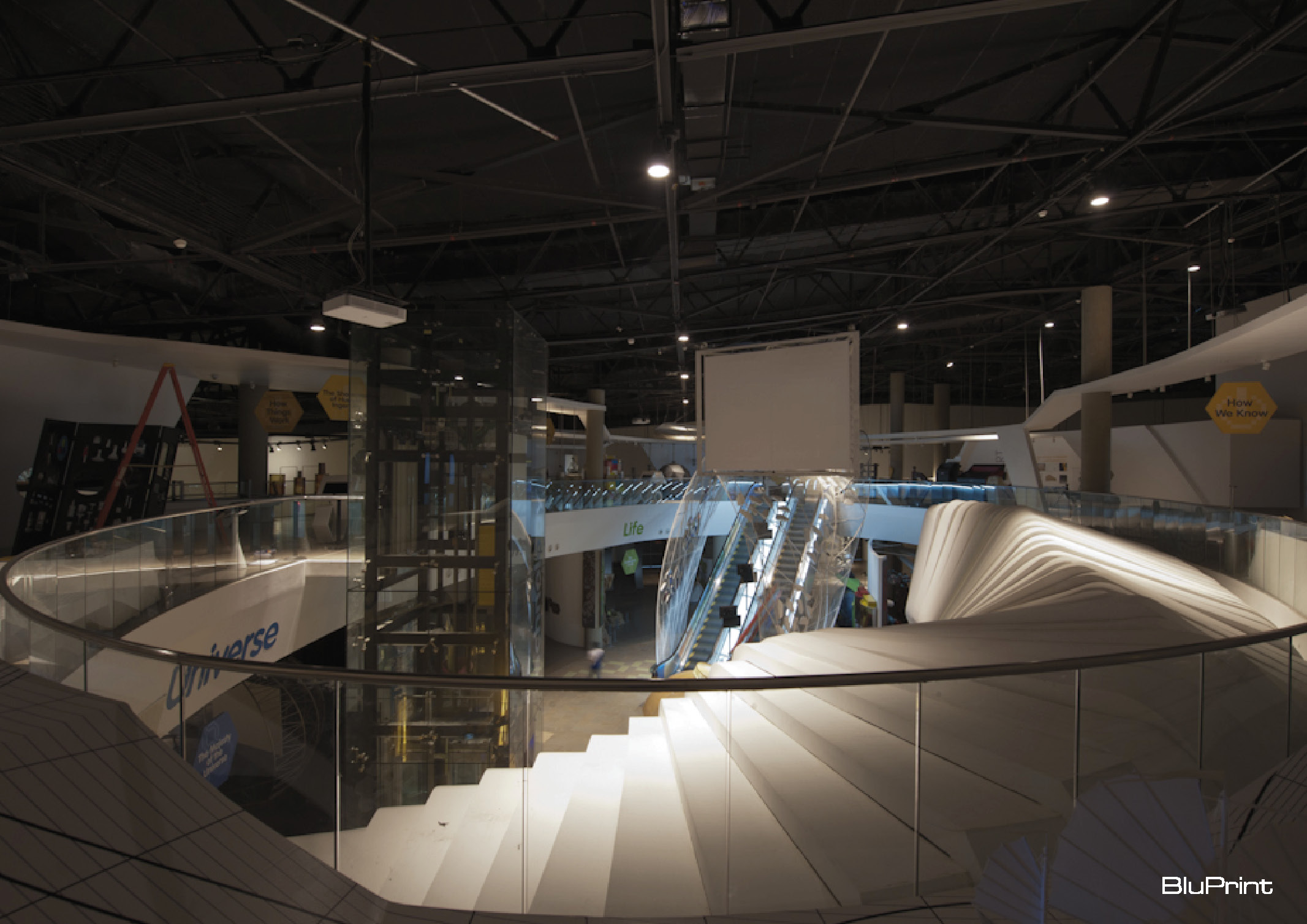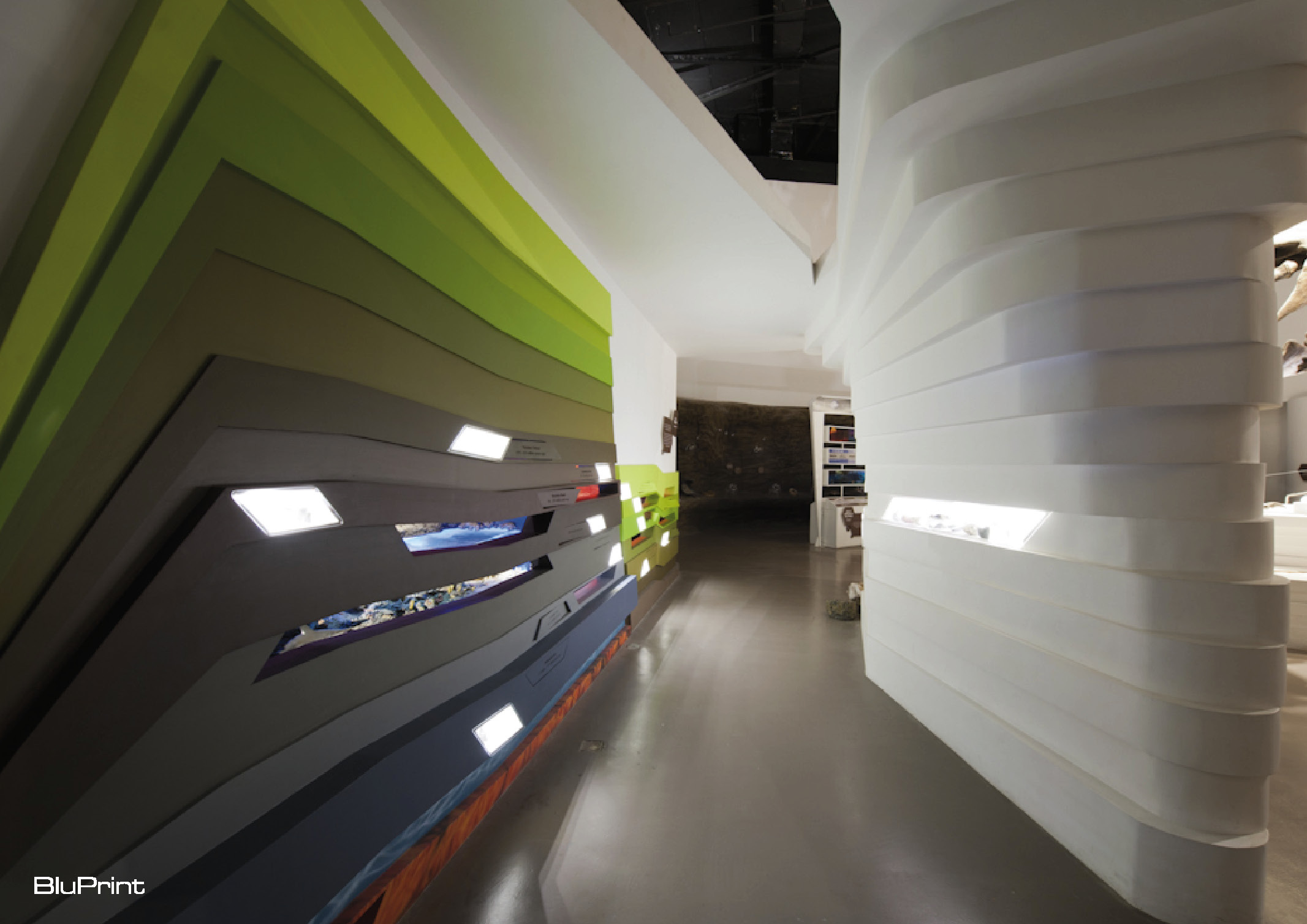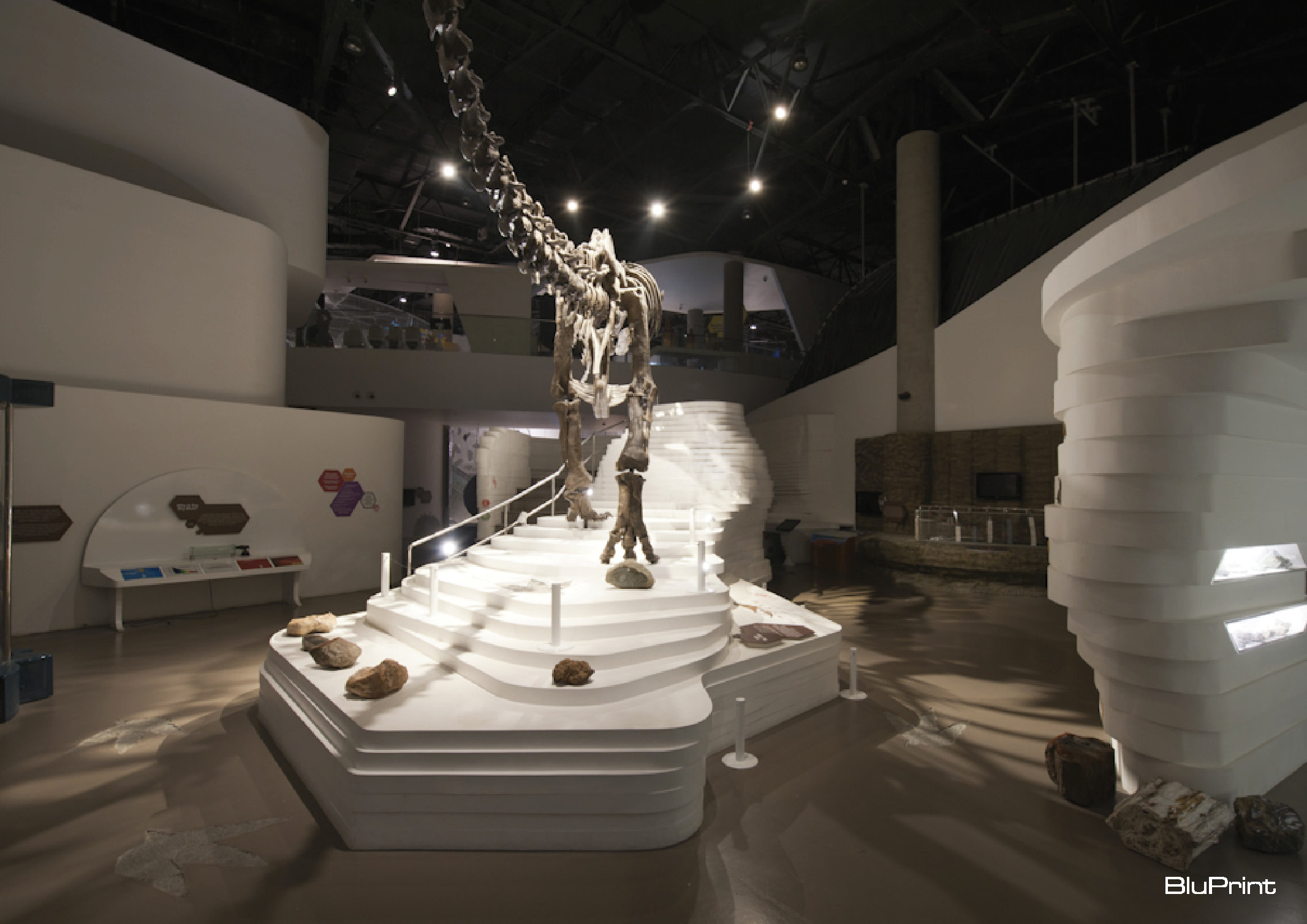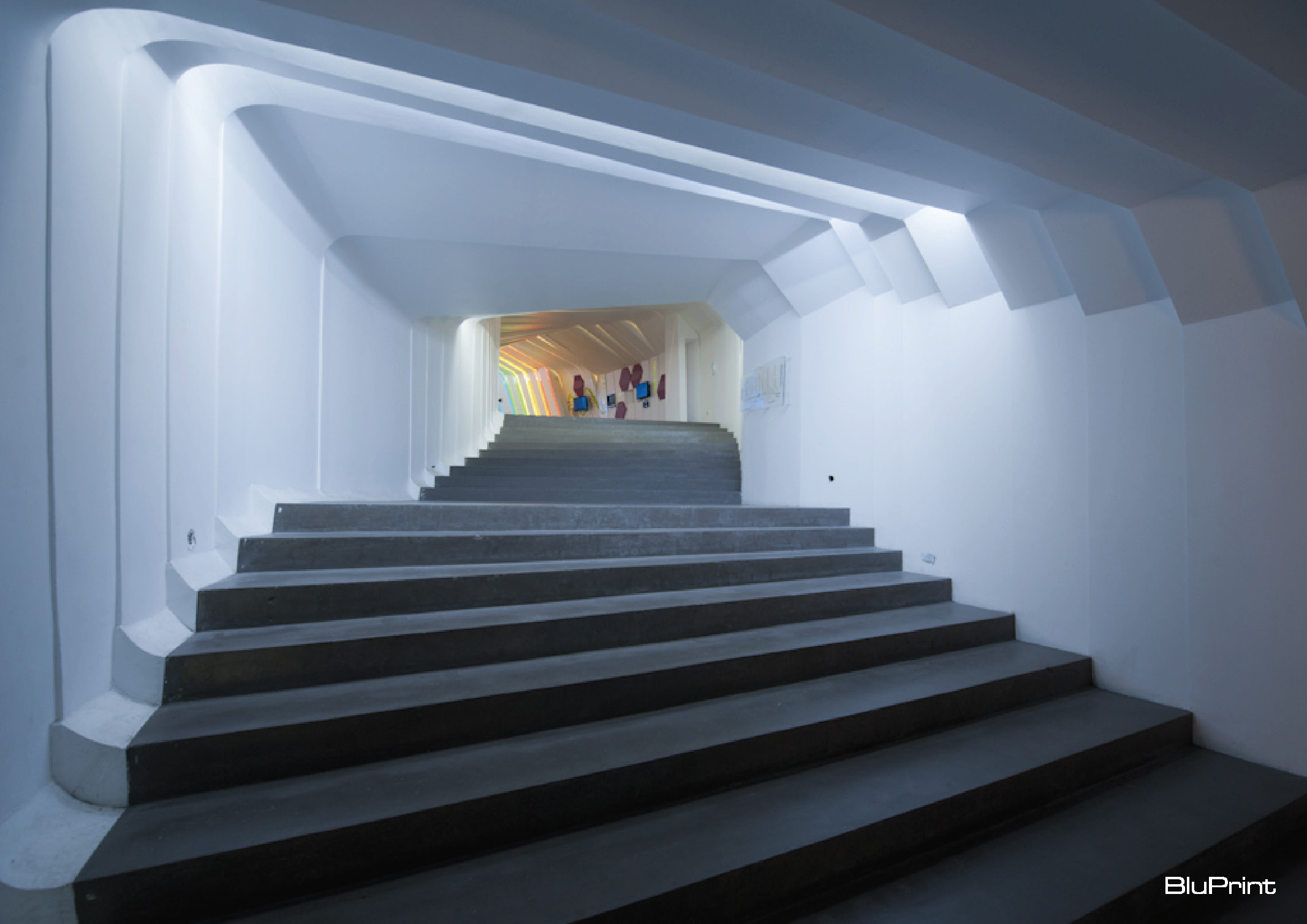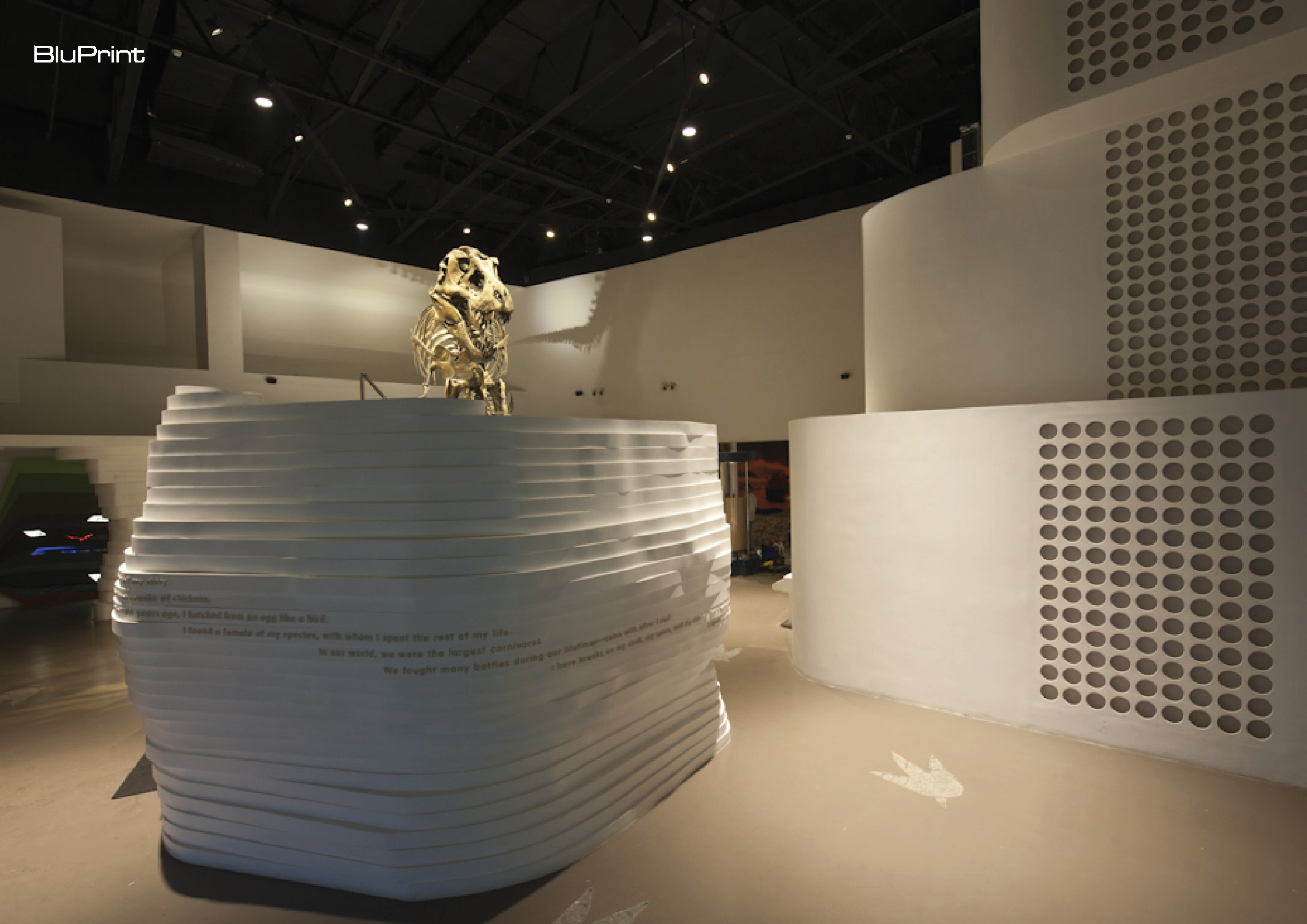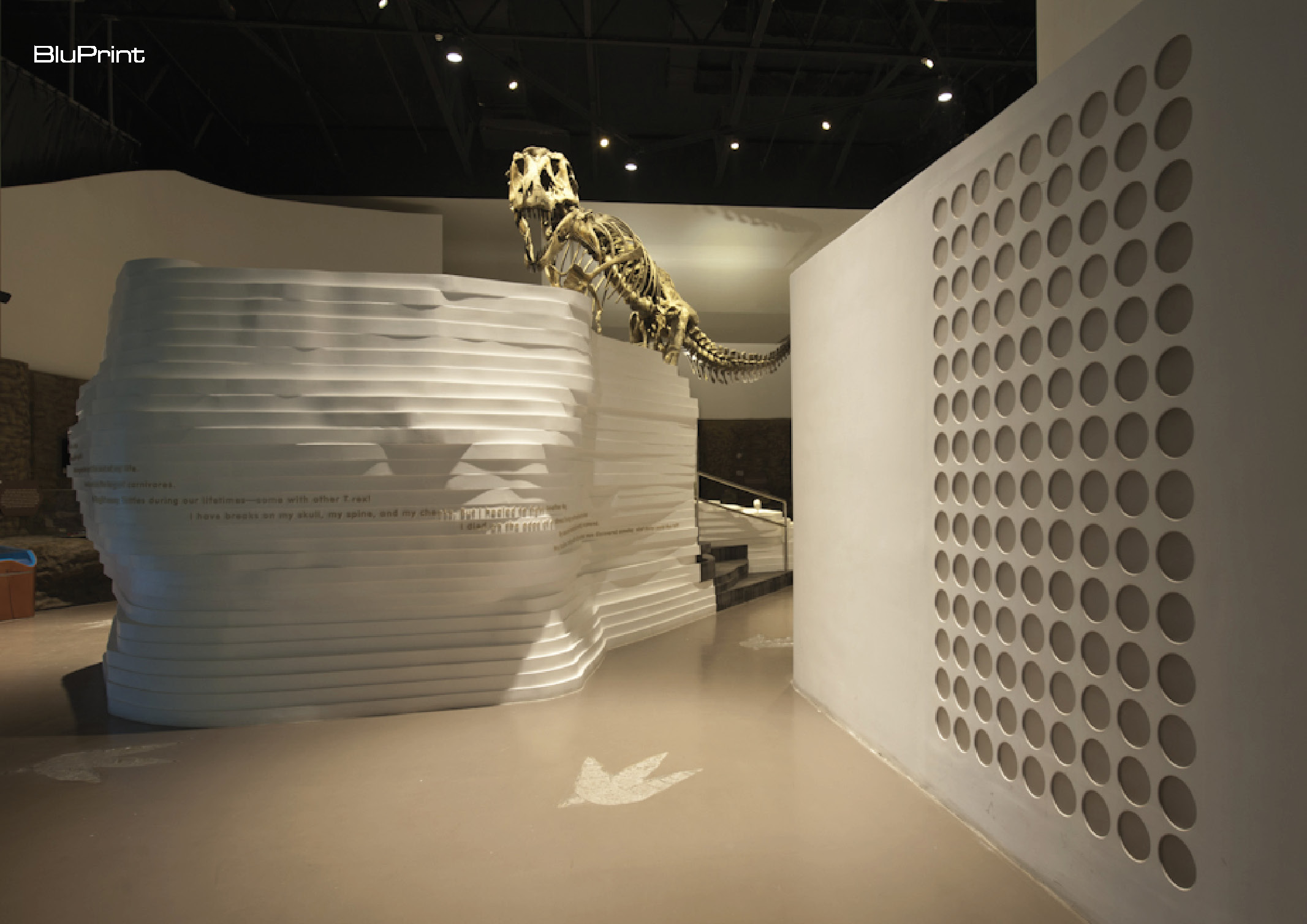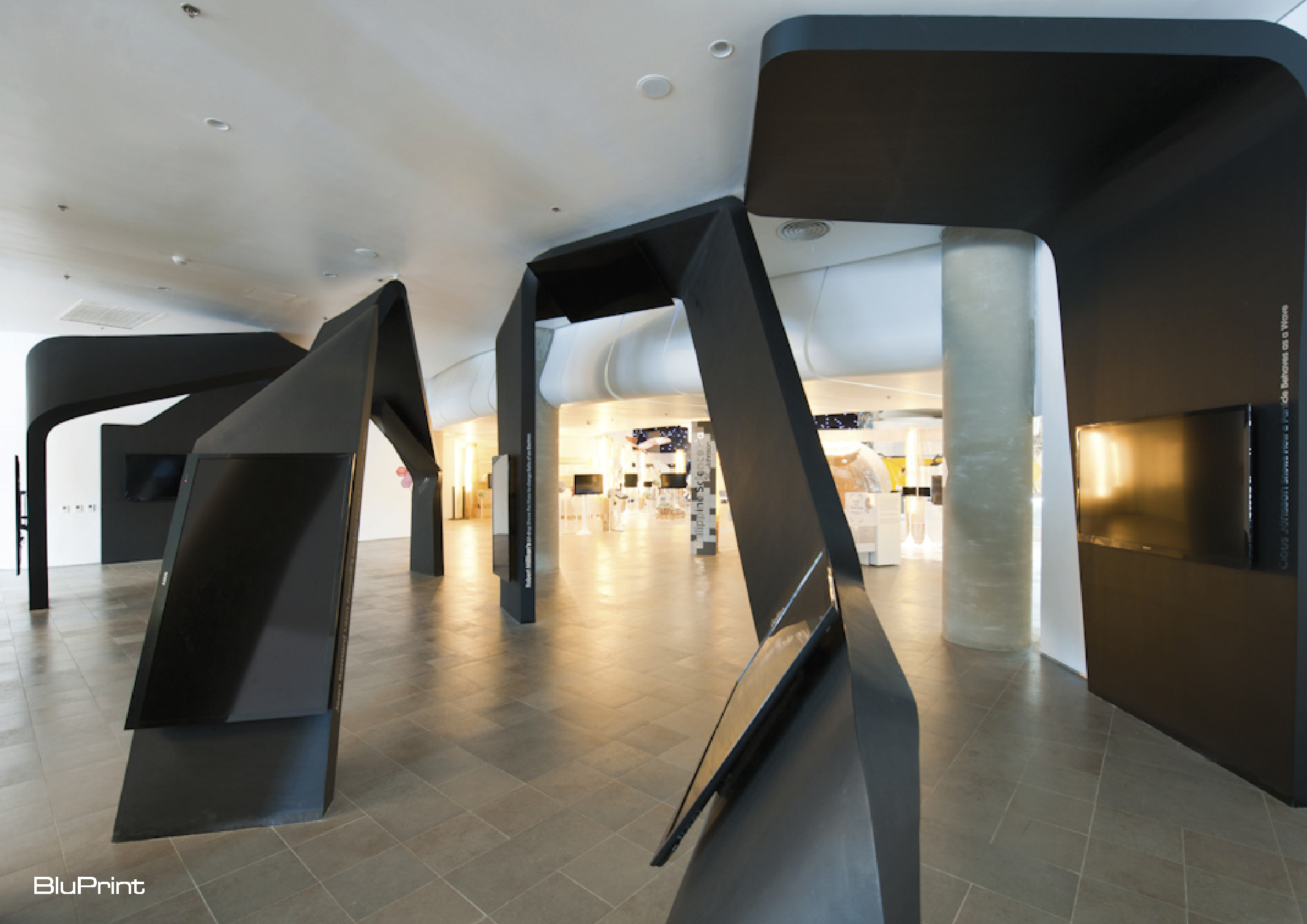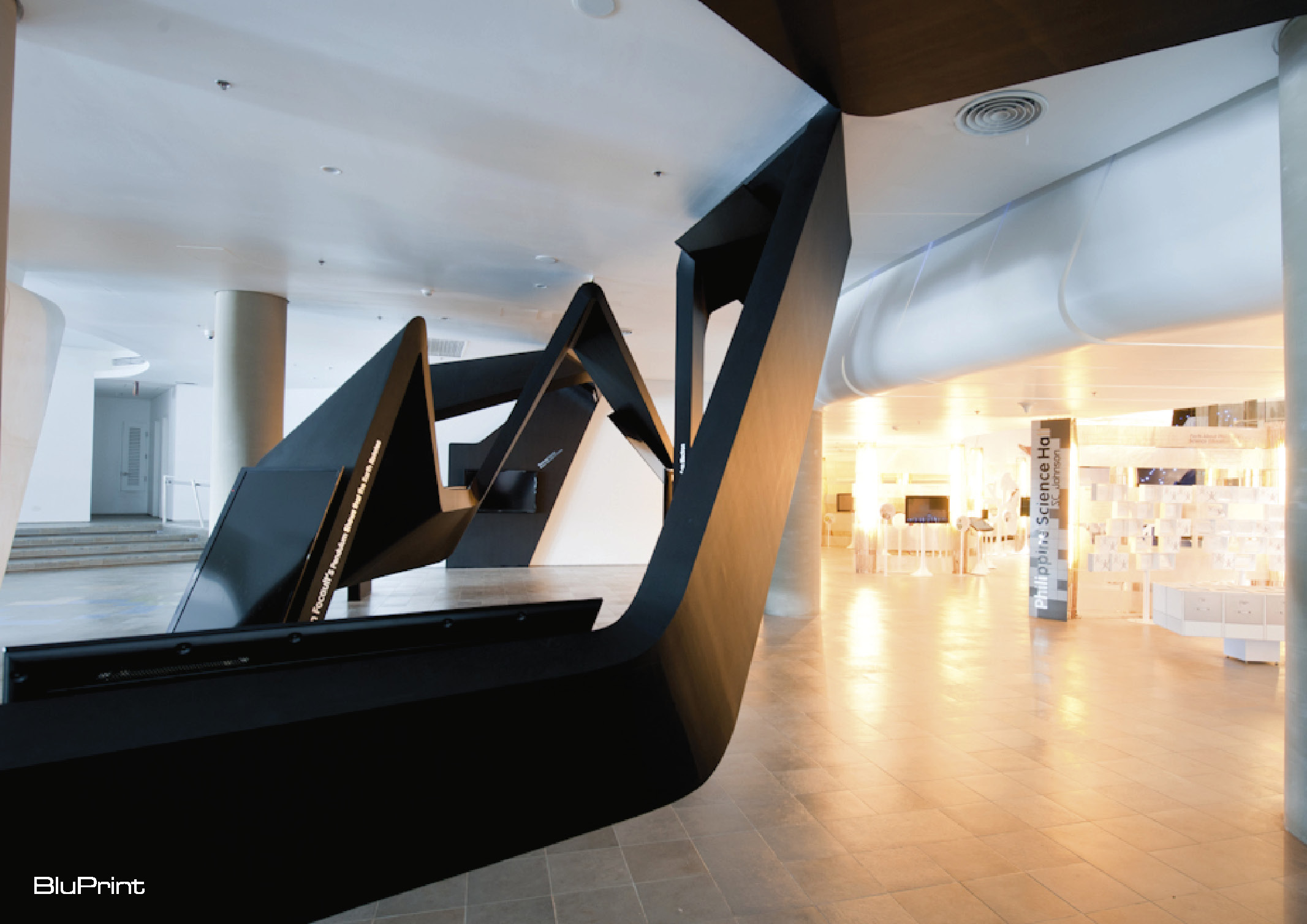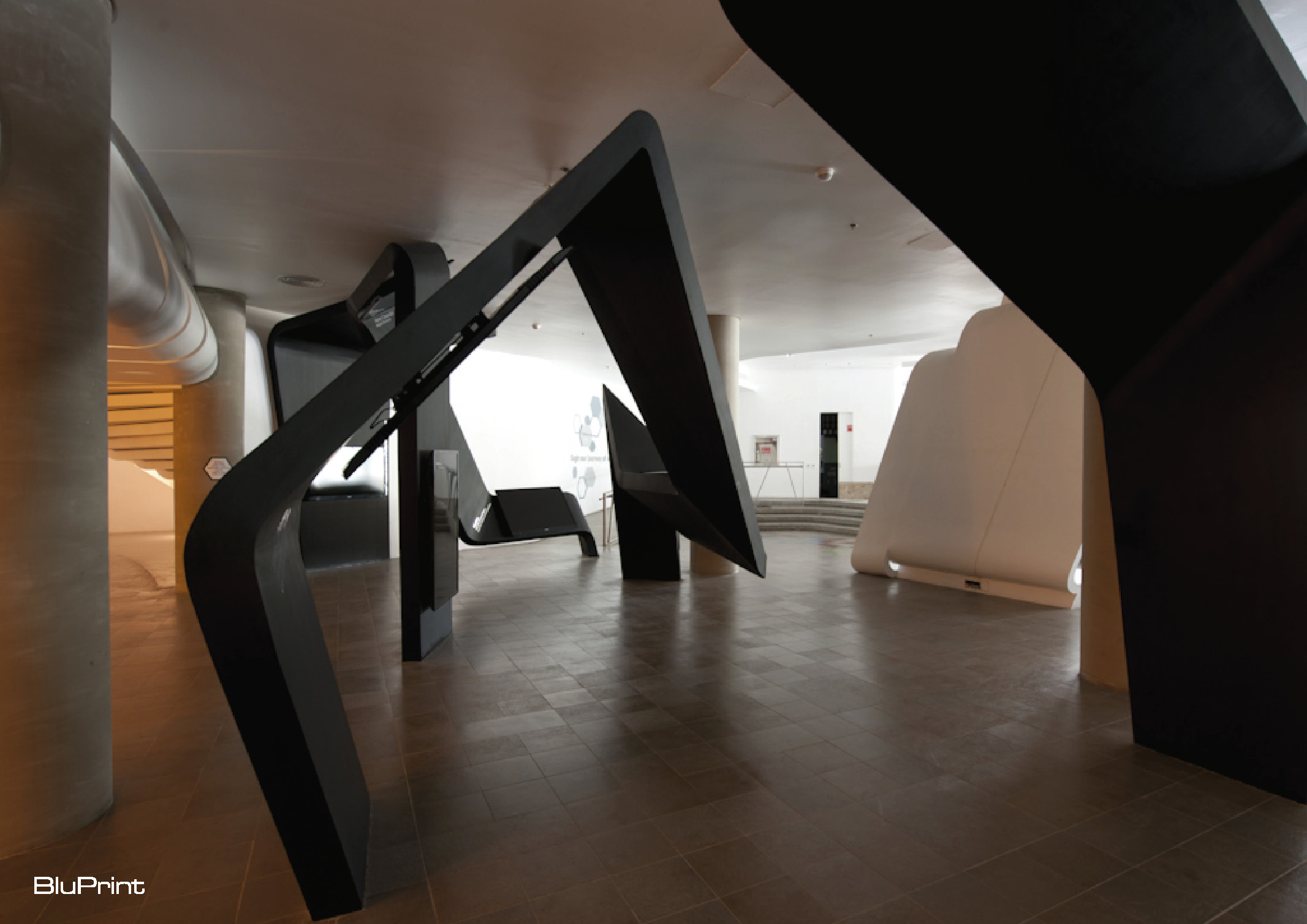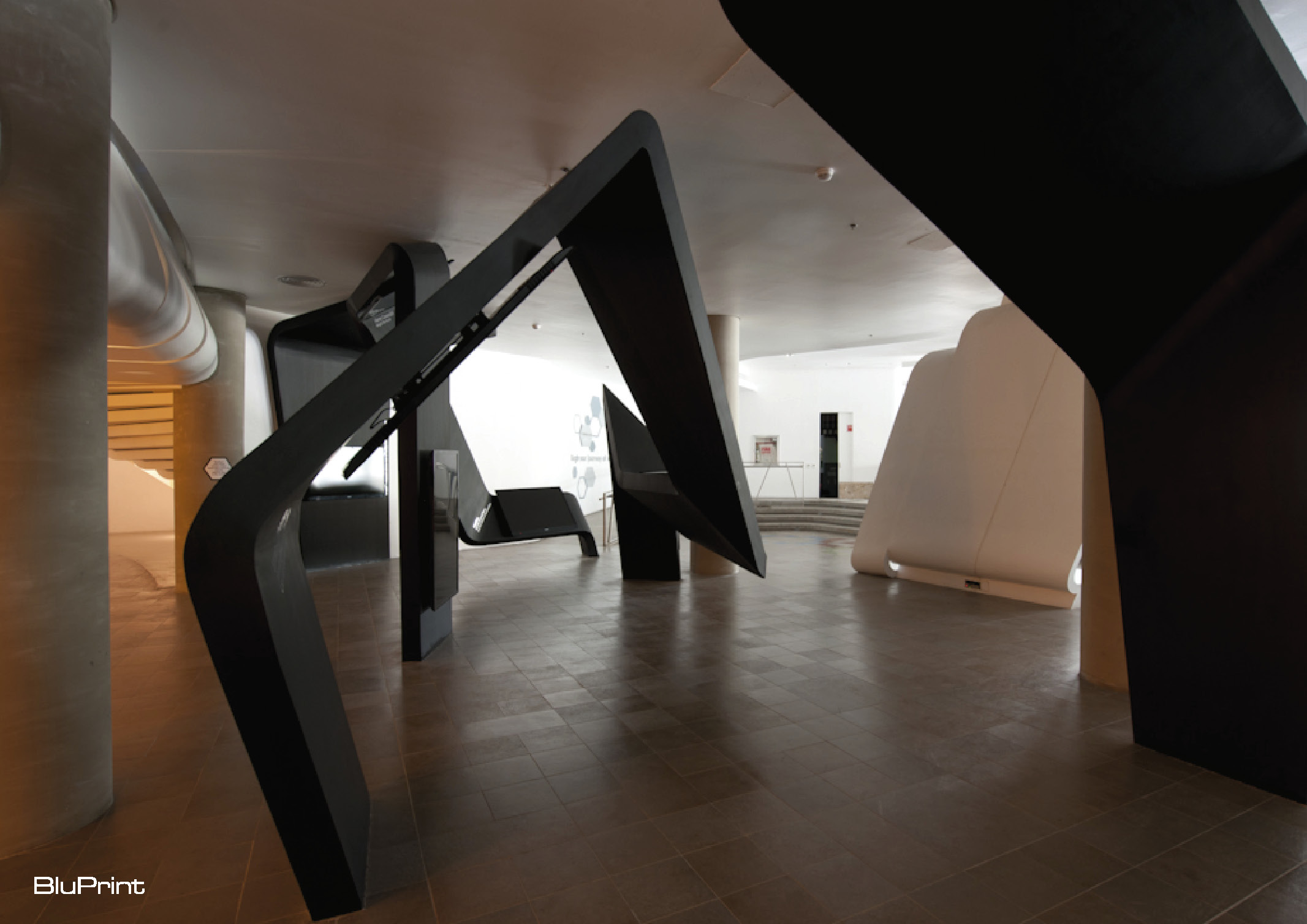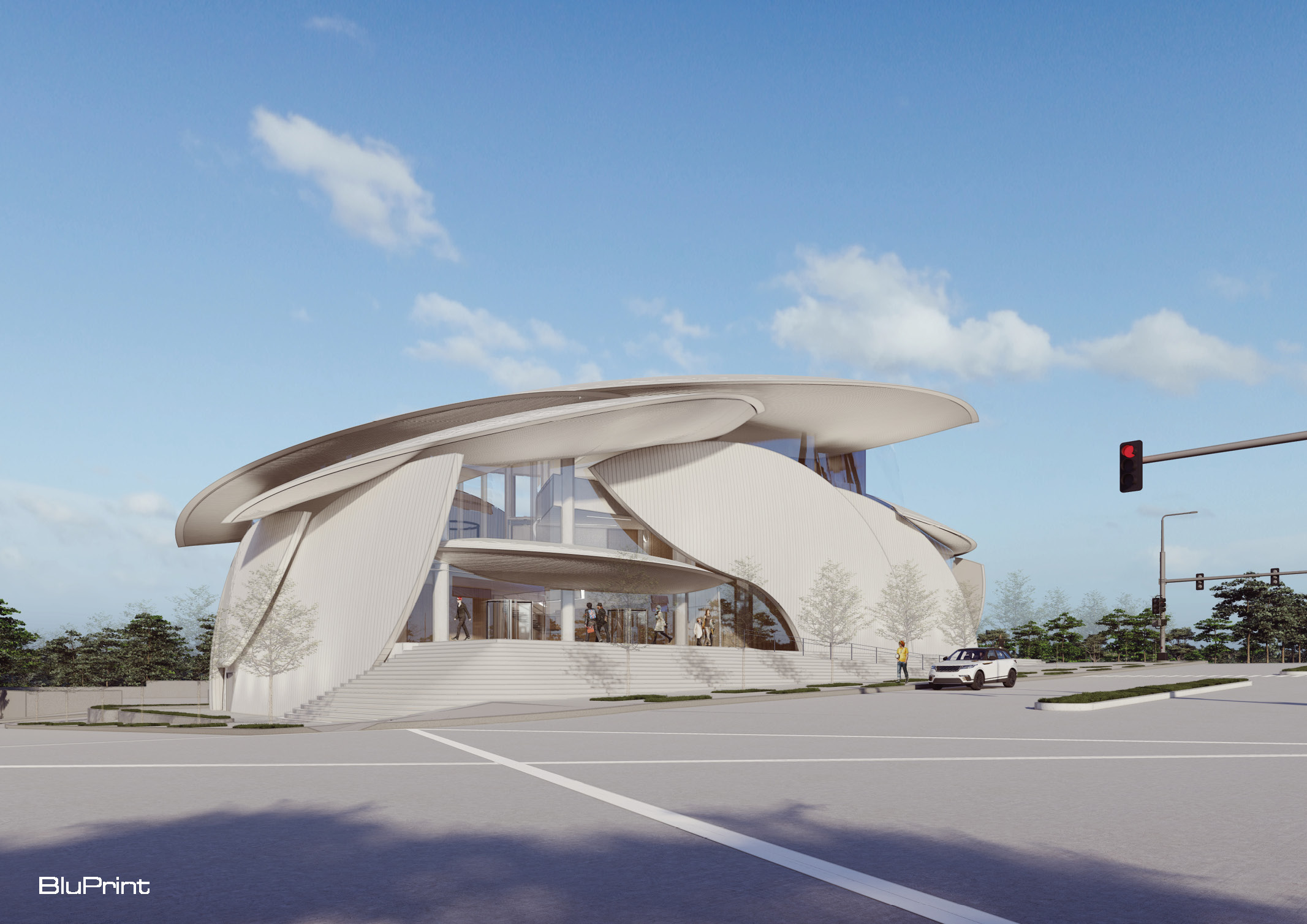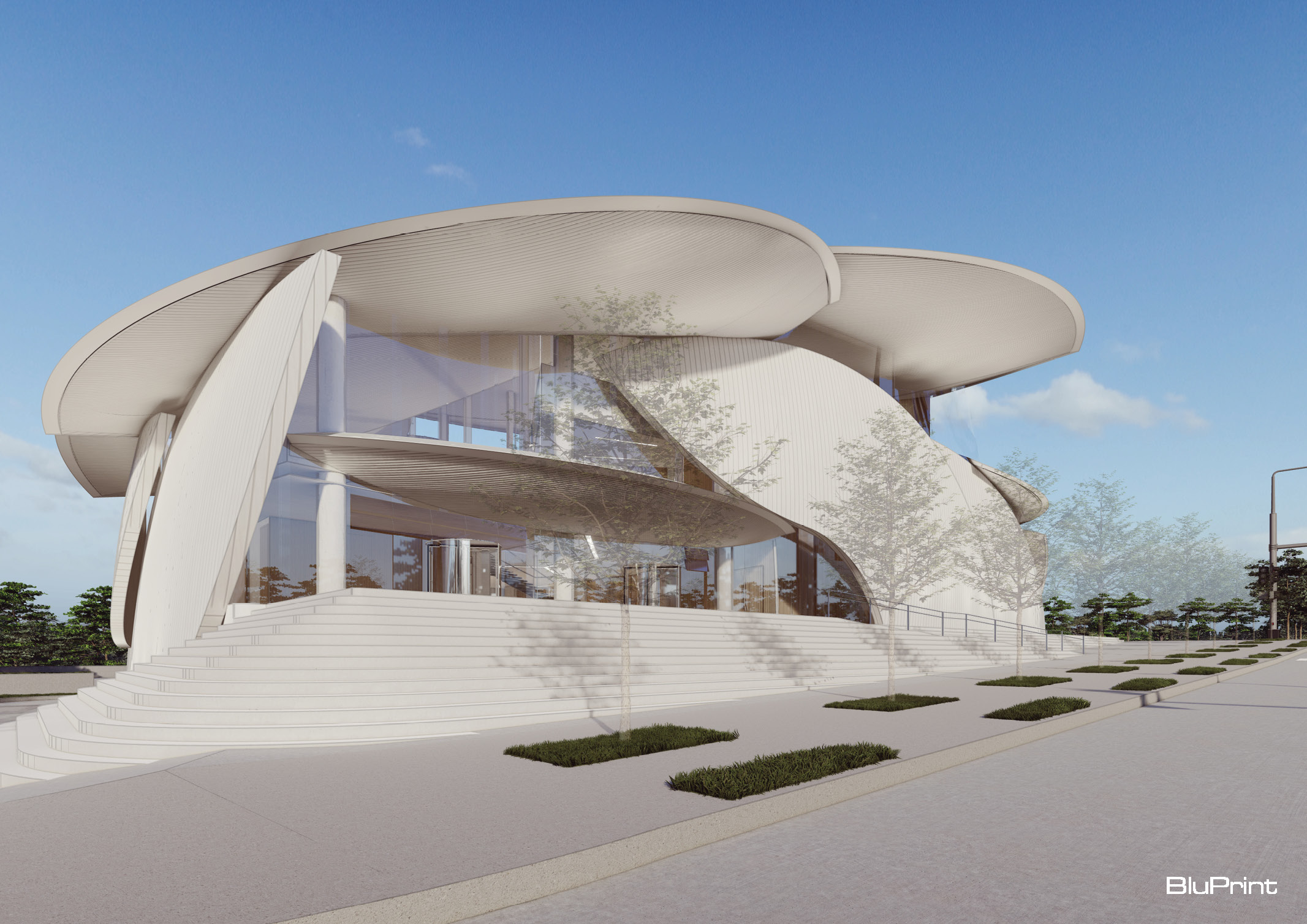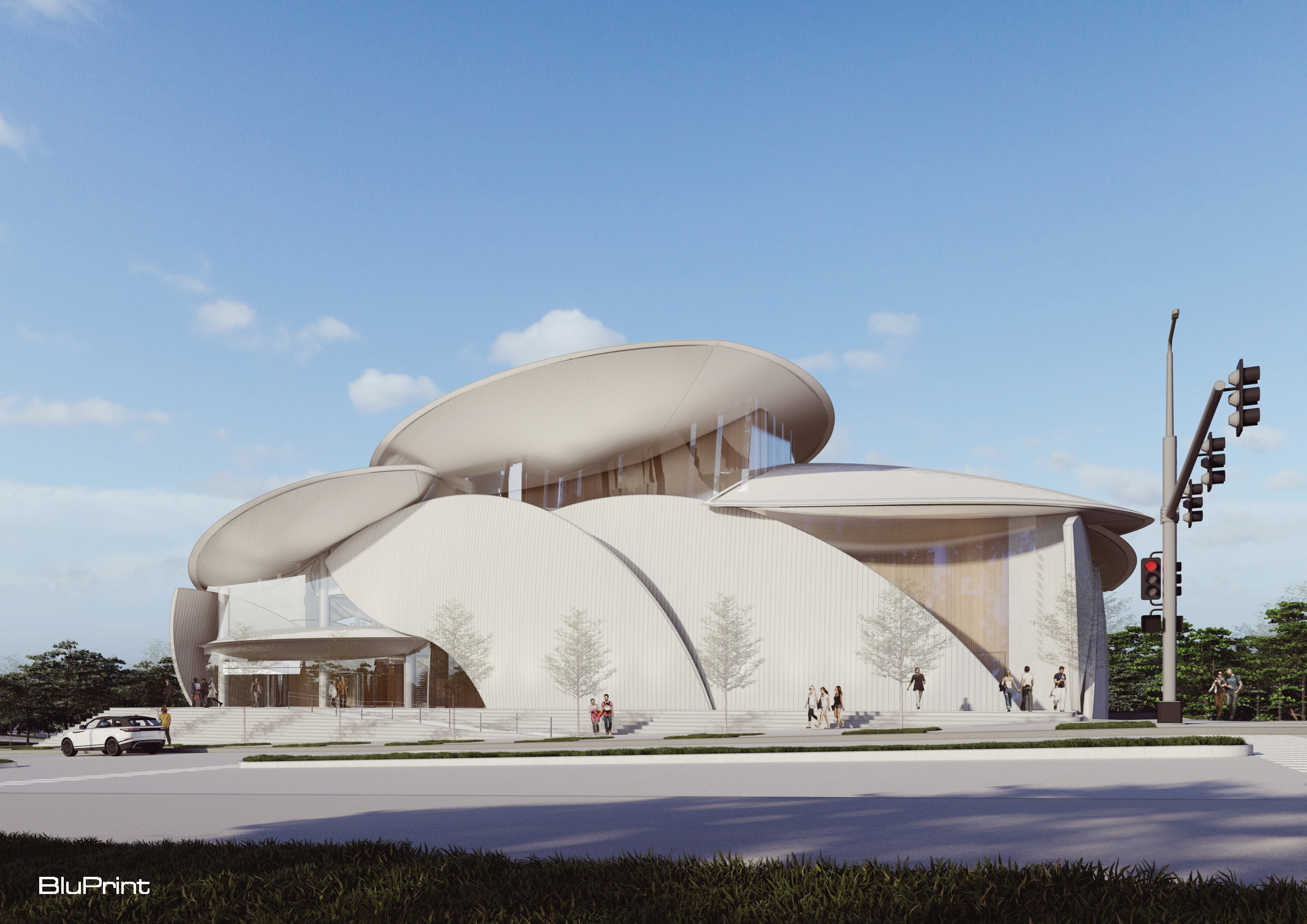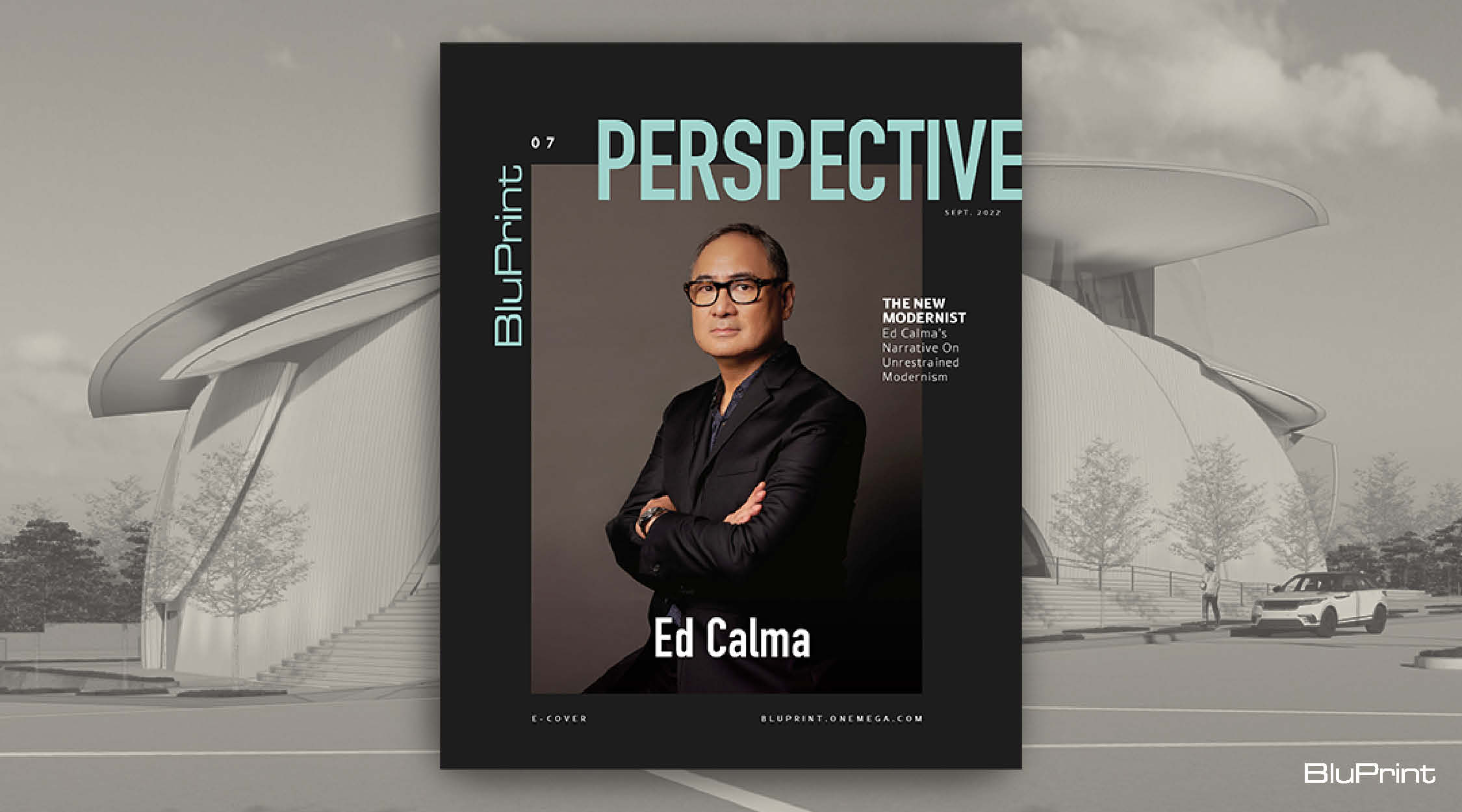
Unrestrained Modernism: Advancing the Contemporary Architecture and Design Dialogue
Modernism is always regarded as rebellious, if not revolutionary. The most difficult barrier for innovators is society’s cautious acceptance of new ideas and concepts. Progress will be made only if the community is open to and accepting of new norms. This is where perseverance and strength come into play for those who introduce new ideals. This holds even in the field of architecture and design.
Modernism in architecture, a flourishing 20th-century movement, commenced a shift in which designers embraced technology, innovation, and unrestricted experimentation. The utilitarian and straightforward nature of modernist structures was inspired by Louis Sullivan’s maxim, “form follows function.” These structures incorporate industrial materials and are characterized by geometric forms, open floor plans, and a minimalist aesthetic. World-renowned architects such as Walter Gropius, Ludwig Mies van der Rohe, and Le Corbusier were the forerunners of modernist architecture, and its guiding principles are still prevalent today.
Contemporary architecture is a critique of the past and current architectural culture and modernism is a result of that dialogue.
Ed Calma
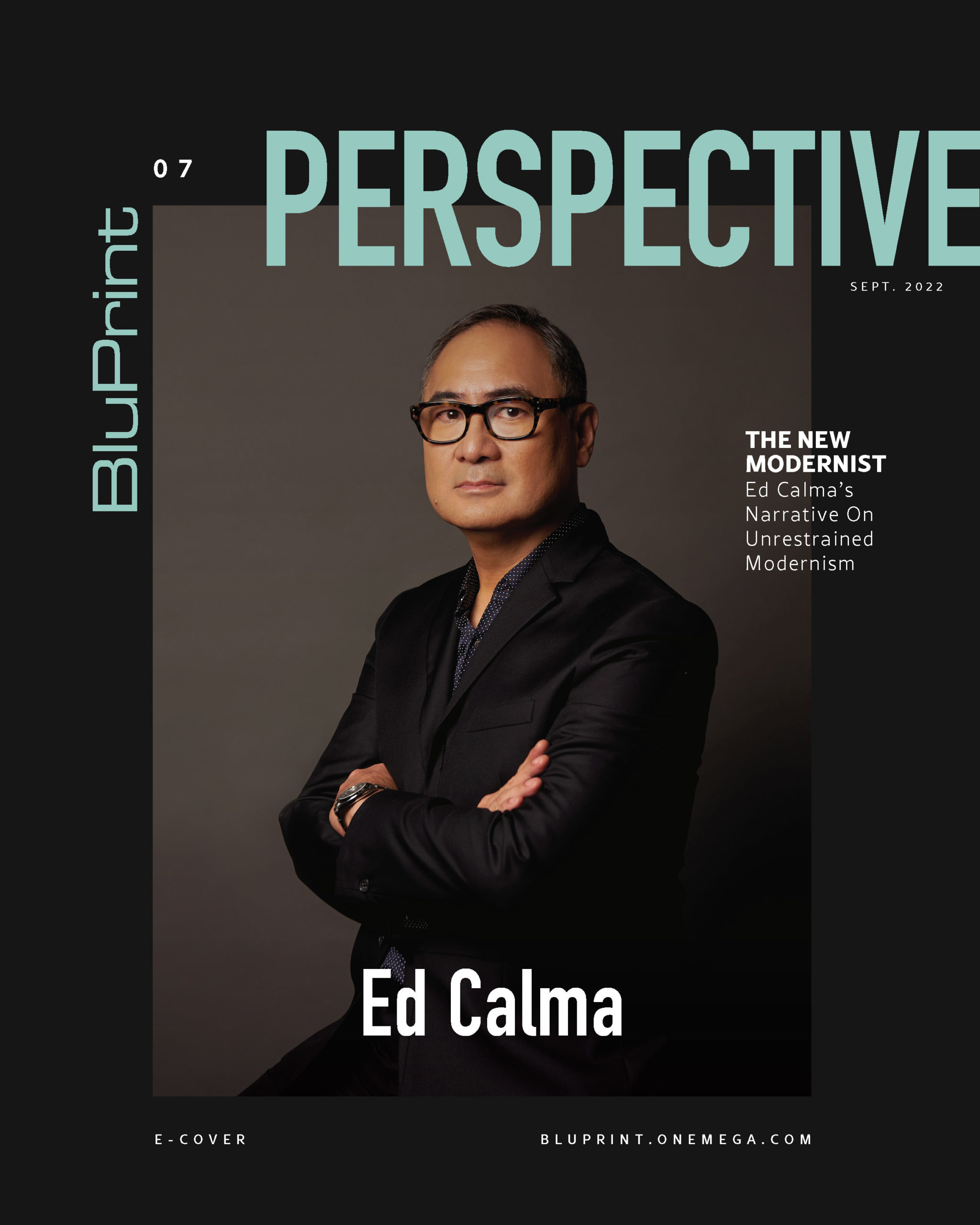
Spearheading Filipino Modernism
In the Philippines, modernism is helmed by Ed Calma, the Principal Architect and Managing Partner at LOR Calma & Partners. With numerous awards and collaborations with distinguished designers like Carlos Zapata and Peter Pran, Ed Calma is at the forefront of Philippine modernist designs, on a mission to create a variety of spatial typologies. His talent for designing structures with distinct modern setting made him a sought-after architect and designer in the local industry. His father, Lorenzo Calma, founded the Philippine Institute of Interior Design and ran an interior design and furniture manufacturing company for 75 years before Ed took over in 1995 and established a full-service architectural firm.

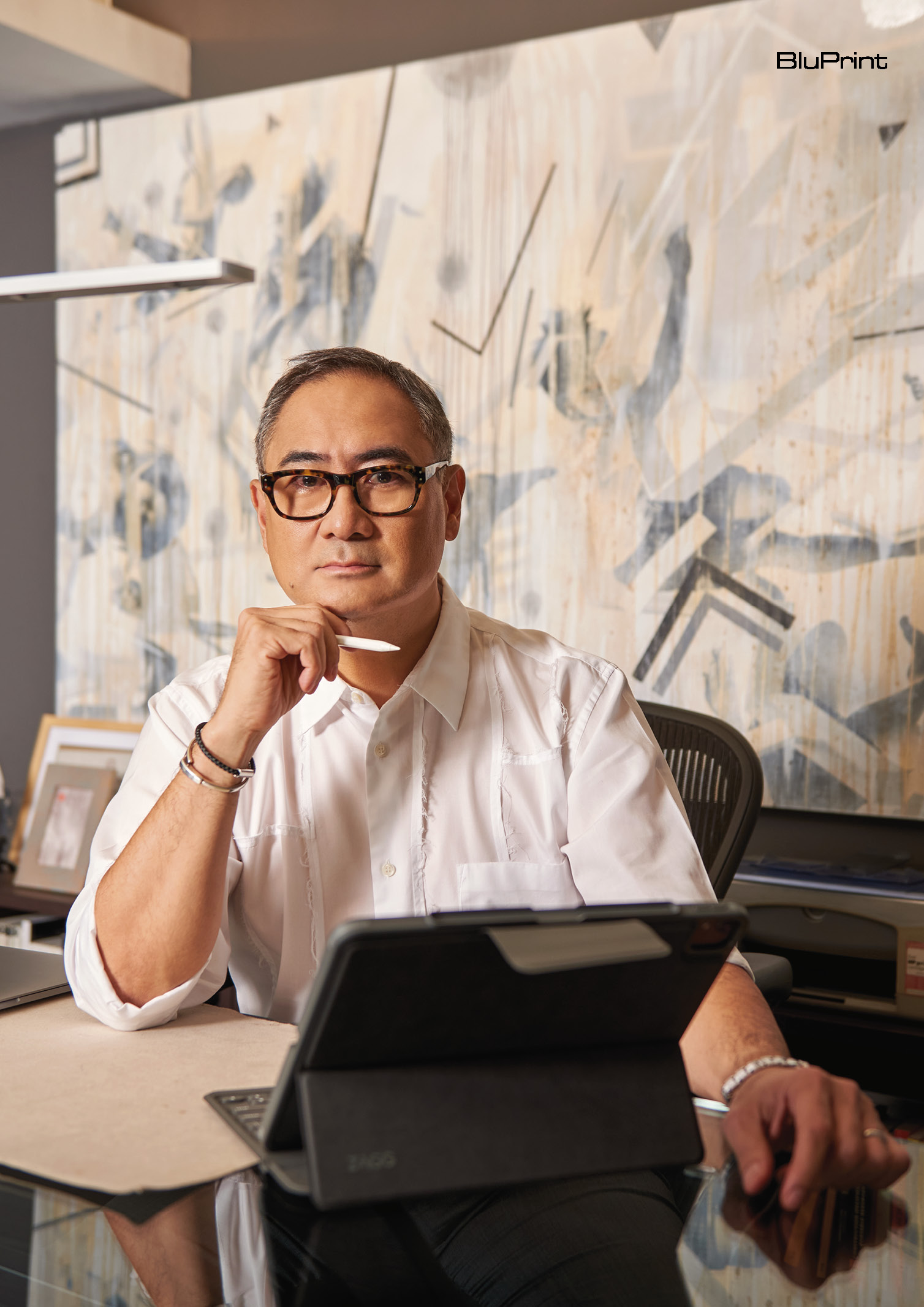
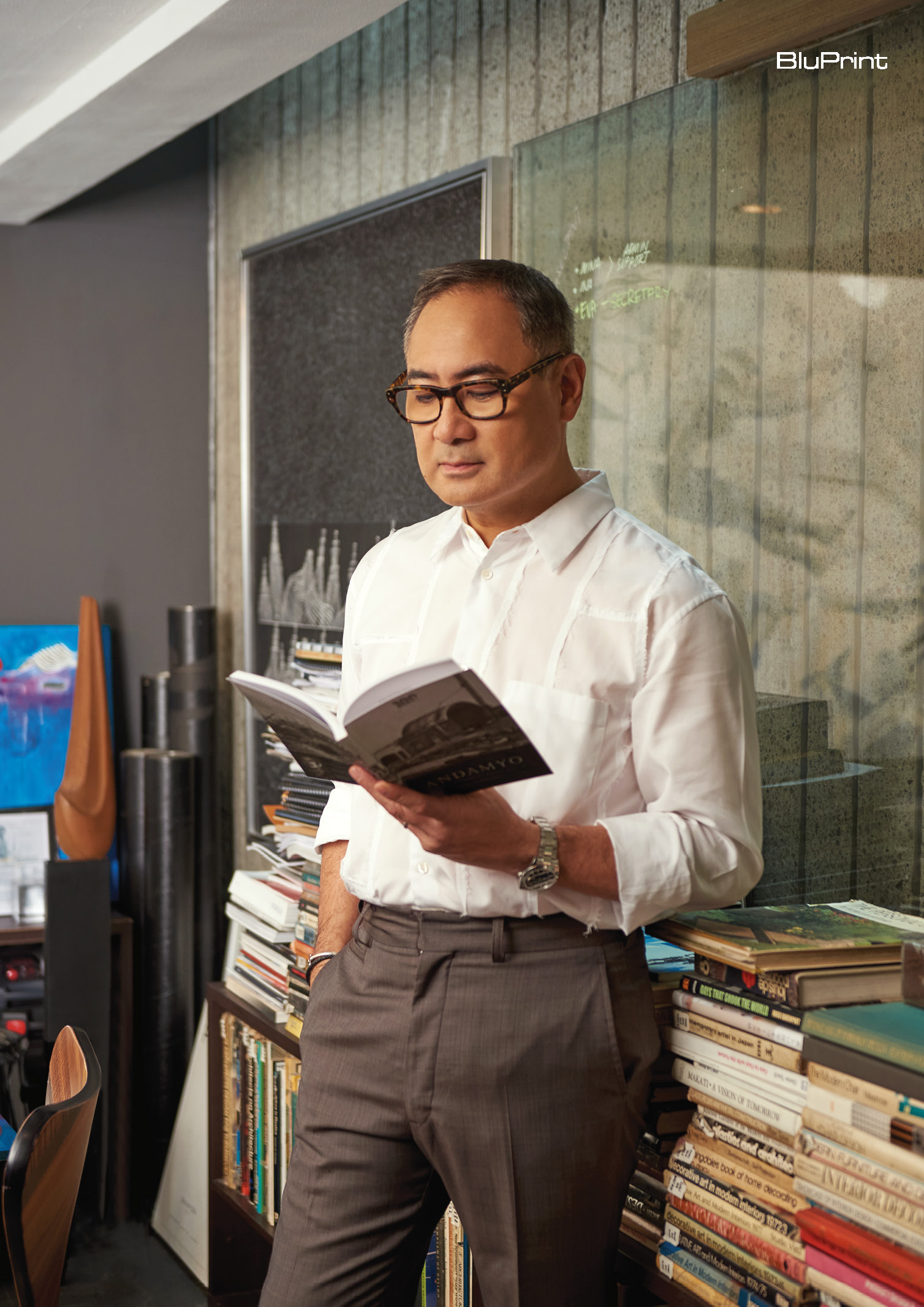
The New Modernist: Ed Calma, Principal Architect of LOR Calma & Partners
Sharing how he started to appreciate architecture, Ed Calma explains, “I grew up in spaces that my dad designed, but I didn’t understand what the spaces meant or how they related to the surrounding context. I merely appreciated how different the spaces were from the typical homes I went to. I felt [like] we lived in a strange home.” It wasn’t until Calma attended the PRATT Institute in New York that he comprehended architecture, and how global industry leaders gentrified cities and transformed societies. In addition, he stated that following in his father’s footsteps pushed him to be original while remaining dynamic in designing.
The Design Process
Each of Ed Calma’s work is distinct, indicating a brilliant articulation and careful preparation went into planning the design. When asked about his design process, he stated that determining and comprehending the site’s composition comes first. He endeavors to capture the spirit and feel of the location before moving on to designing a concept that blends in without dominating. His design process prioritizes the preservation and incorporation of the site’s authentic character into the building. Ed Calma’s signature modern spatial typology imbues a powerful appeal to the human mind and bring about a moment of self-reflection.
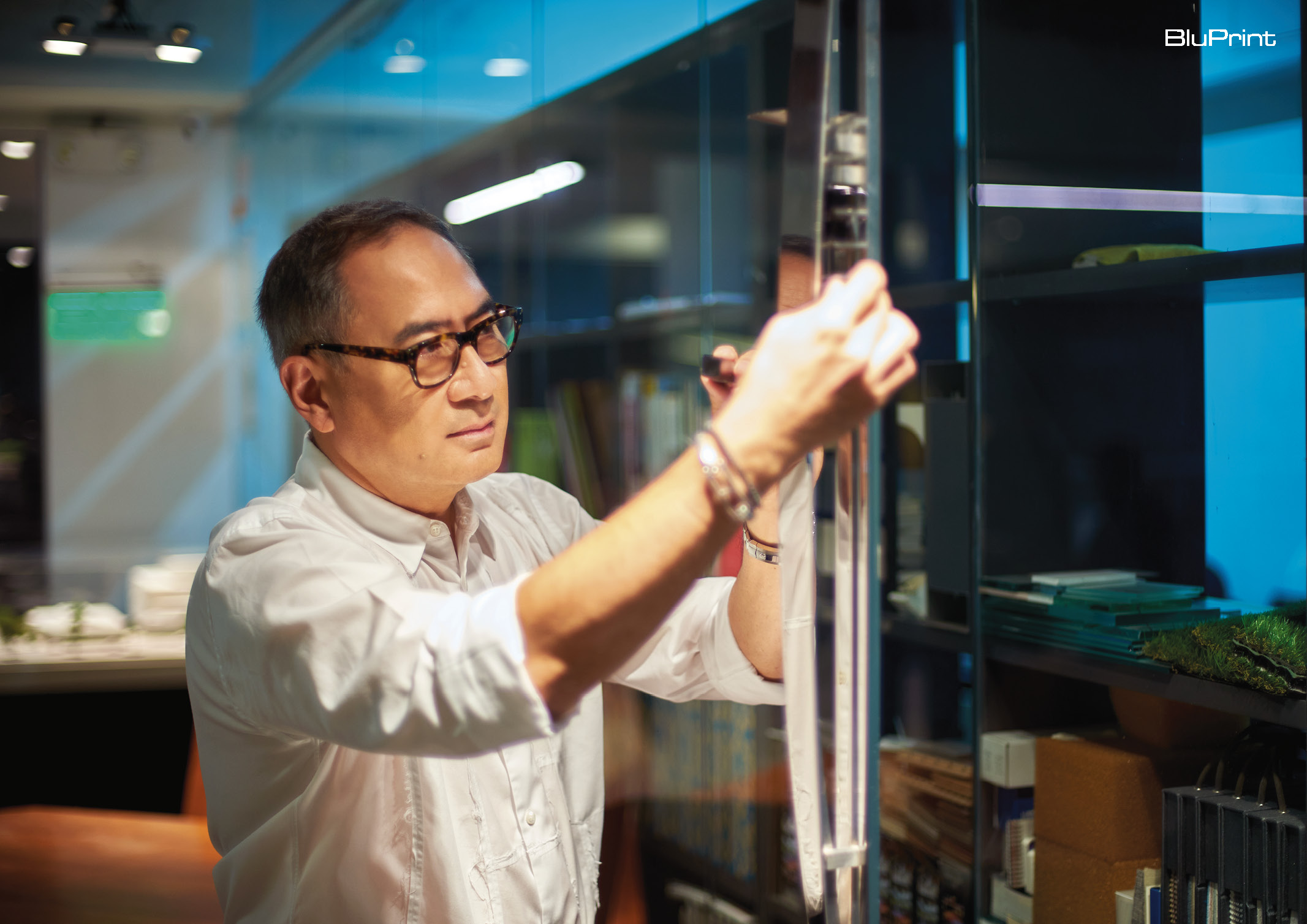
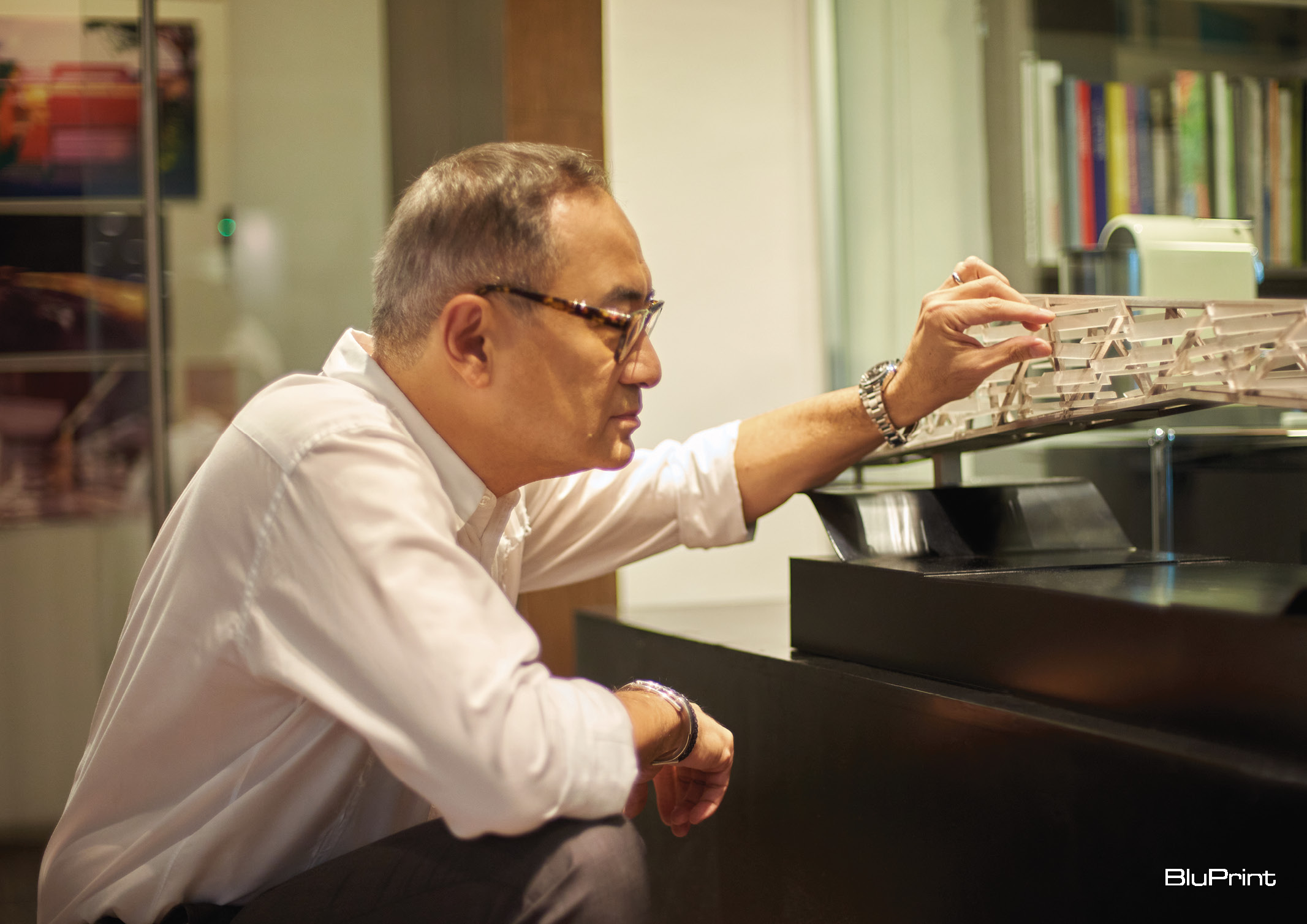
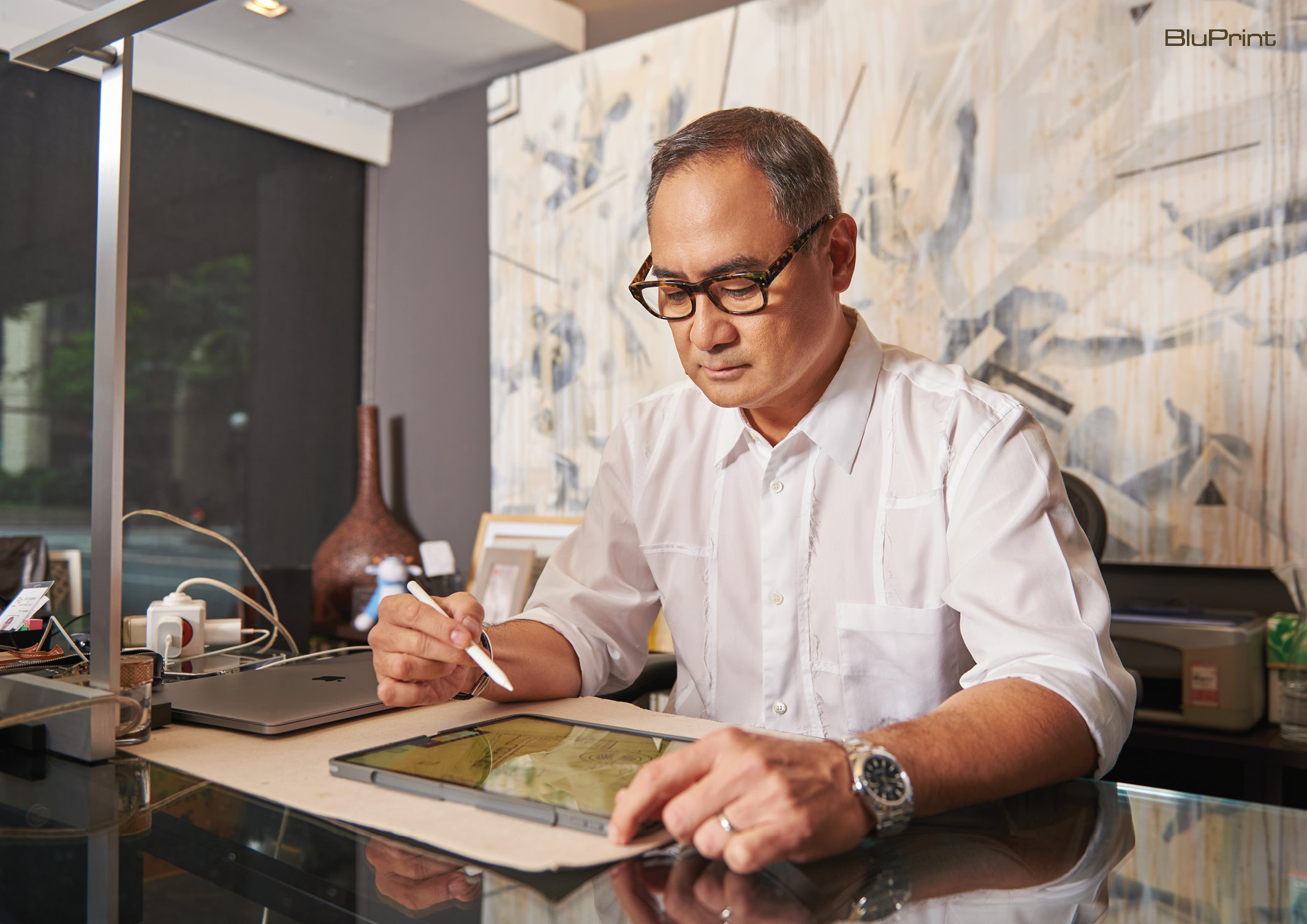
One project completed by LOR Calma & Partners that best exemplifies Ed Calma’s design process is the Cliff House, located on a hilly terrain in White Plains, Quezon City. It is a small lot with a steep incline, but it is accessible through a road at the top and bottom of the property. The design layout utilized the steep terrain to create both a high-rise experience and a traditional house with a courtyard. To take advantage of the views and the surrounding mountain, Calma chose to place the main floor where the pool, living, dining, and kitchen space are on the level with the top of the cliff. The Cliff House features a roof deck with a panoramic view of the surrounding landscape. The elevated pool has a sense of seclusion because it is surrounded by lush trees and has a view of the city, giving it the feel of a sky pool. Through his design, the hilly and natural characteristics of the site were incorporated into the house’s built environment.
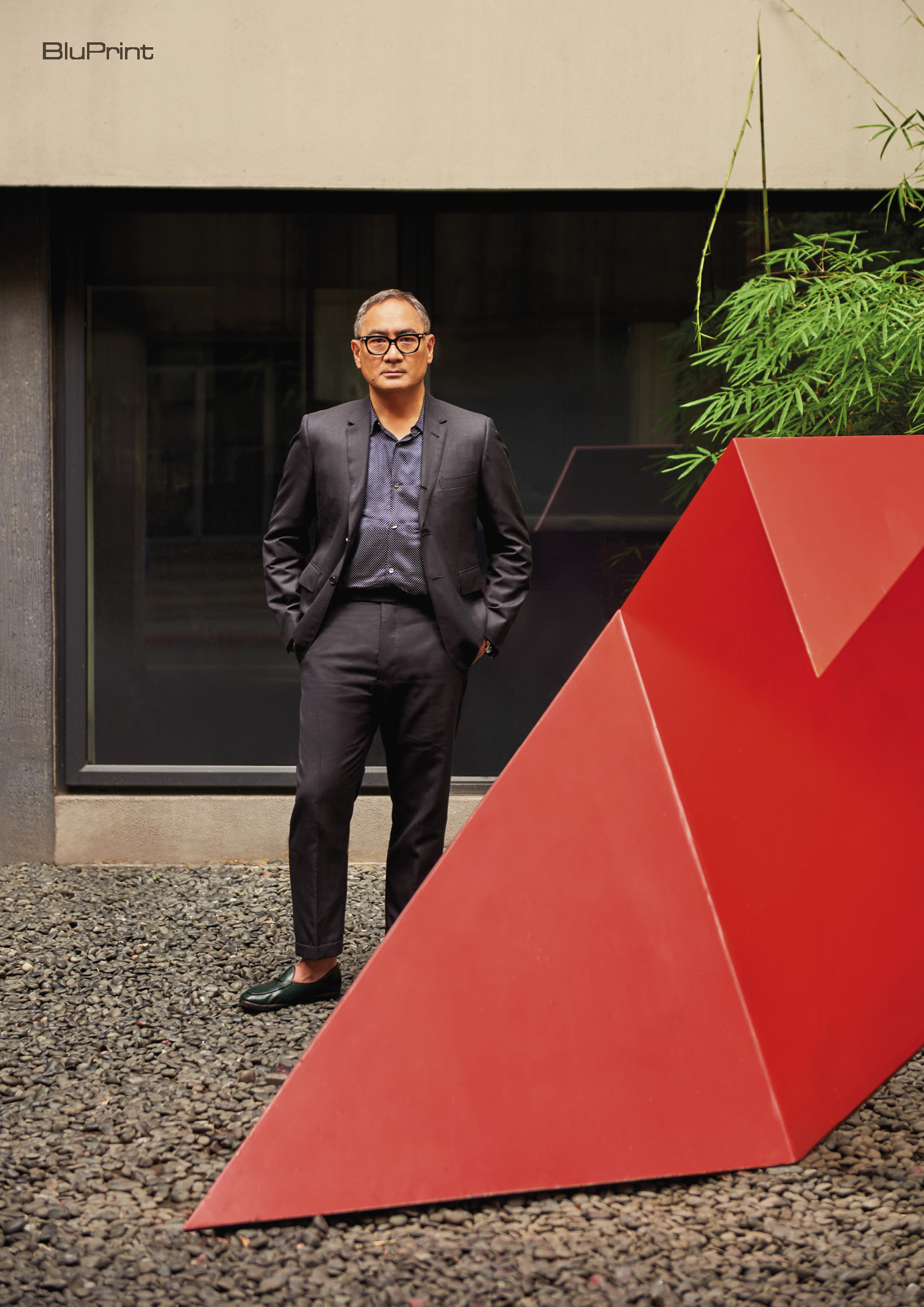
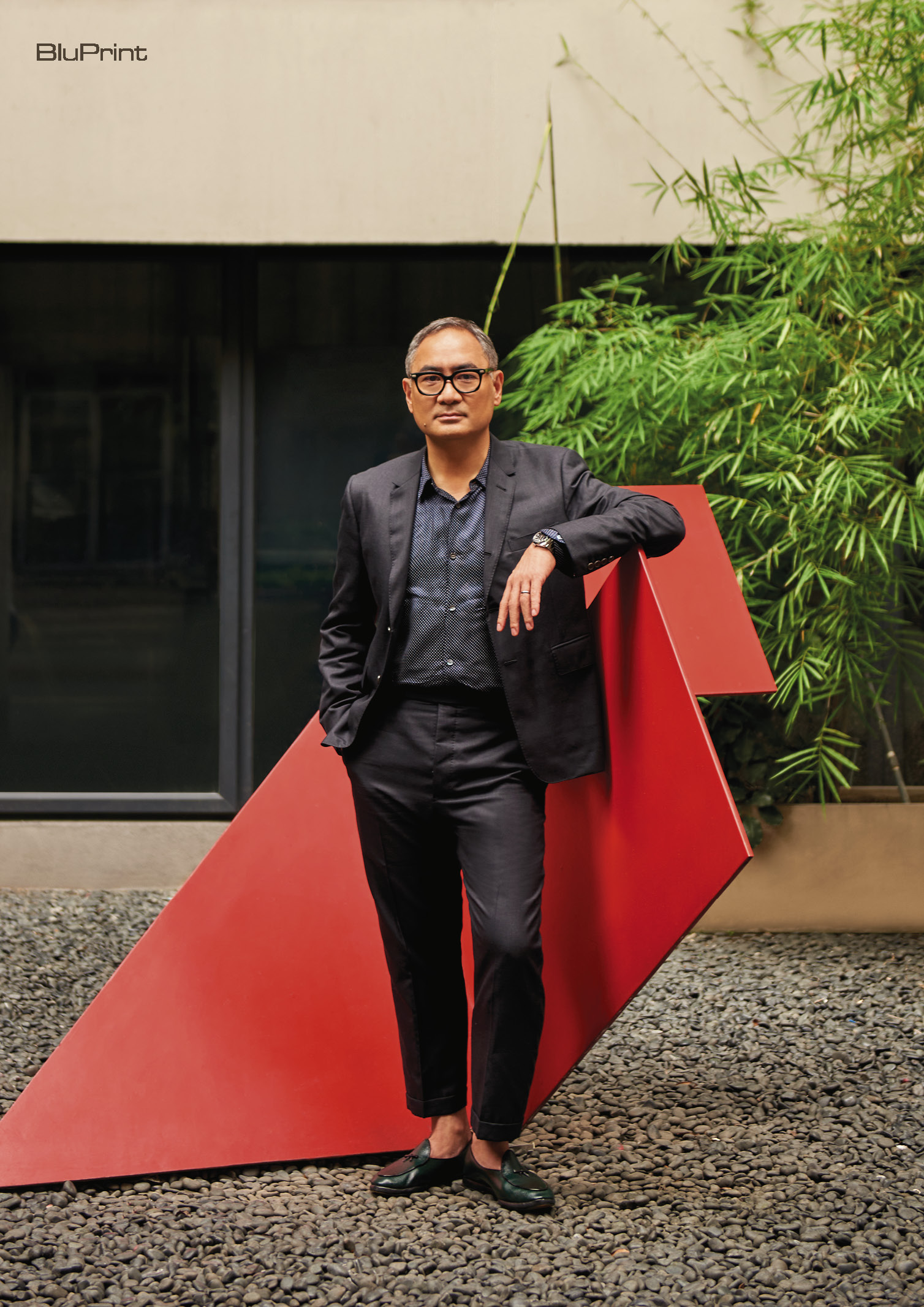
A Lasting Imprint
Making a project stand out is always a given when designed by Ed Calma. To him, the most important aspect of constructing a remarkable structure is its aesthetic appeal. The building must pique the viewer’s interest in how the building was designed and constructed. Second, comes the need for the built structure to resonate with the user. He also suggests incorporating layers that the user can uncover as they move through the building’s spaces to make an impression and make their experience memorable. Expounding more on making a building unforgettable, he says, “You should learn from the building through the years, it should not be a one-time appreciation. You have to discover more things as you go through the layers behind the building.”
The Mind Museum in Bonifacio Global City is an example of Ed Calma’s unparalleled architecture nurtured through his signature modernist ideals. The form is derived from the site’s curves that flow into the area, celebrating the street’s termination into an outdoor science exhibit space. The built structure is unique and very much in line with the building’s core purpose. Although the museum has a futuristic appearance, the overall design was able to make it blend in with the surroundings. It also adds a visual premium to the area. He shares that through design growth and learning from their past experiences in creating complex forms and exhibition designs, they were able to accomplish the museum’s architecture and interior design requirements.
The Design Manifesto
Ed Calma’s extensive work experience and commitment to design excellence are evident in all of his projects. Each of those displays a rare individuality that only he can create. He shared that he must go back to the real basics of design. Every process requires a thorough understanding of the environment and a design tailored to that environment. He refuses to categorize it as a particular design manifesto. However, his method will always include a specific design intent, individuality, and uniqueness while adhering to the fundamentals and the materials.
“Our designs are always flexible. It has no distinguishing process because I read from the site and develop something out of it instead of having a theory of urban design and imposing it on the place. I take a lot of time designing something and the process itself is not definite. It goes on and doesn’t stop even when the structure is built.”
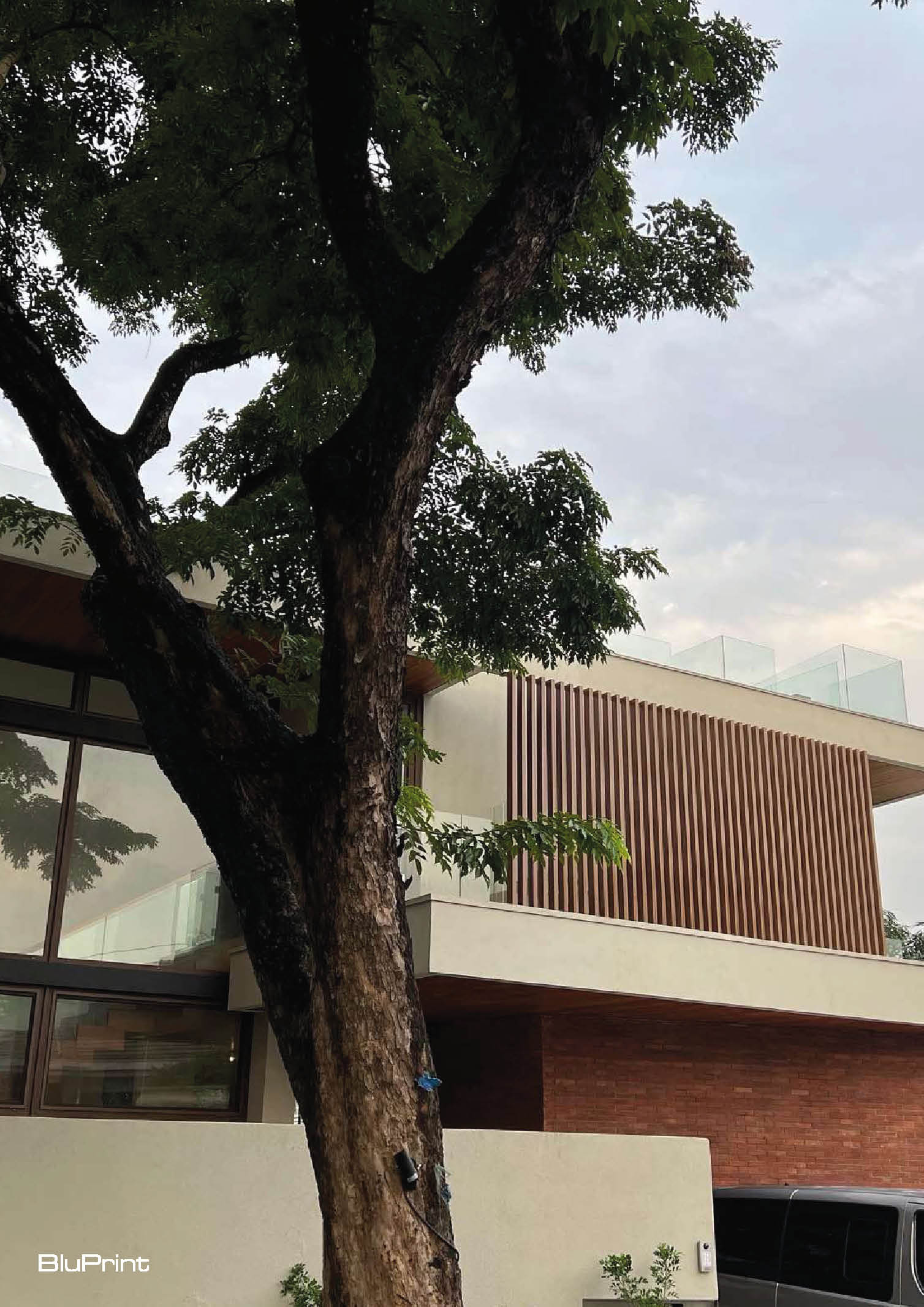
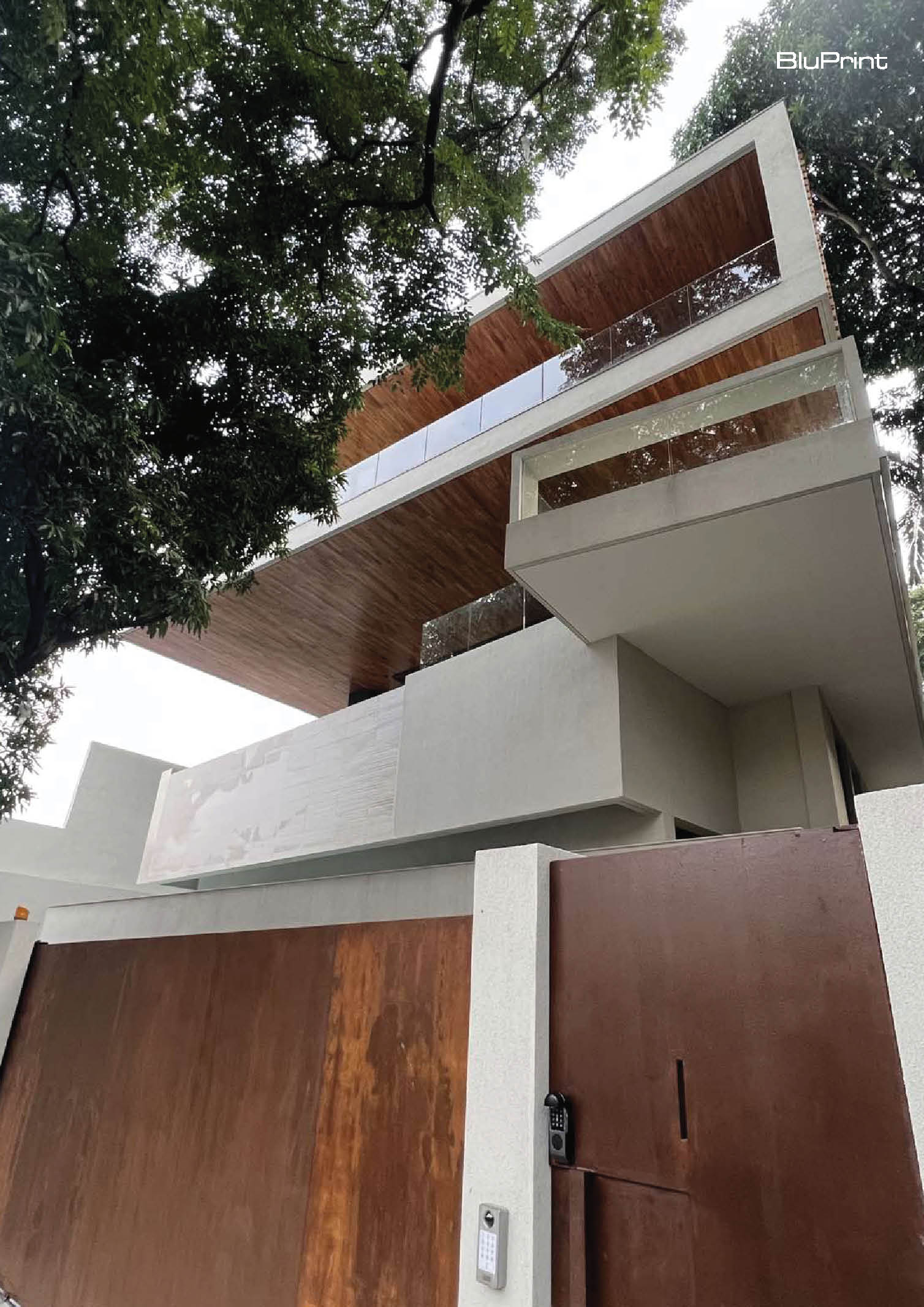
The Aguda Residence exudes a tropical contemporary architecture with clever integration of local materials. The project is a signature Ed Calma creation with its straightforward modernist charm. It brings a new design perspective that sits in contrast to its neighbors yet feels completely of place.(Photos courtesy of LOR Calma & Partners)
As a modernist, he envisions our country accepting, rather than resisting, good urban design. He desires our urban landscape to capitalize on and realize the untapped potential of the Philippines as an archipelago. Understanding the advantages of a multi-island country may inspire more development along our coastal edges. This could potentially be a way for the Philippines to distinguish itself from other countries, which could boost our national morale.
I’m excited to be able to change how people live, through the experience of spaces that were completely invented by imagination. I’m also amazed at how architectural design solutions can improve the urban environment and people’s well-being. It’s frustrating a lot of times when our society does not establish design policies that would allow good architecture to happen, but I’m optimistic and excited that we are getting there.
Ed Calma
On Innovation and Sustainability
“Design innovation is to challenge existing norms, inventing new building typologies that address current concerns and the needs of society and culture.“
One of his definitions of design innovation is inventing new ways of construction using conventional building technology to achieve a particular building effect. When comparing old methods to today’s design scene, he stated that acceptance of innovative modern architecture was slow at first because no one knew what it was until he completed a few houses. There were many strange preconceptions, as well as limitations. But now more clients are willing to try new things, but we still have a long way to go.
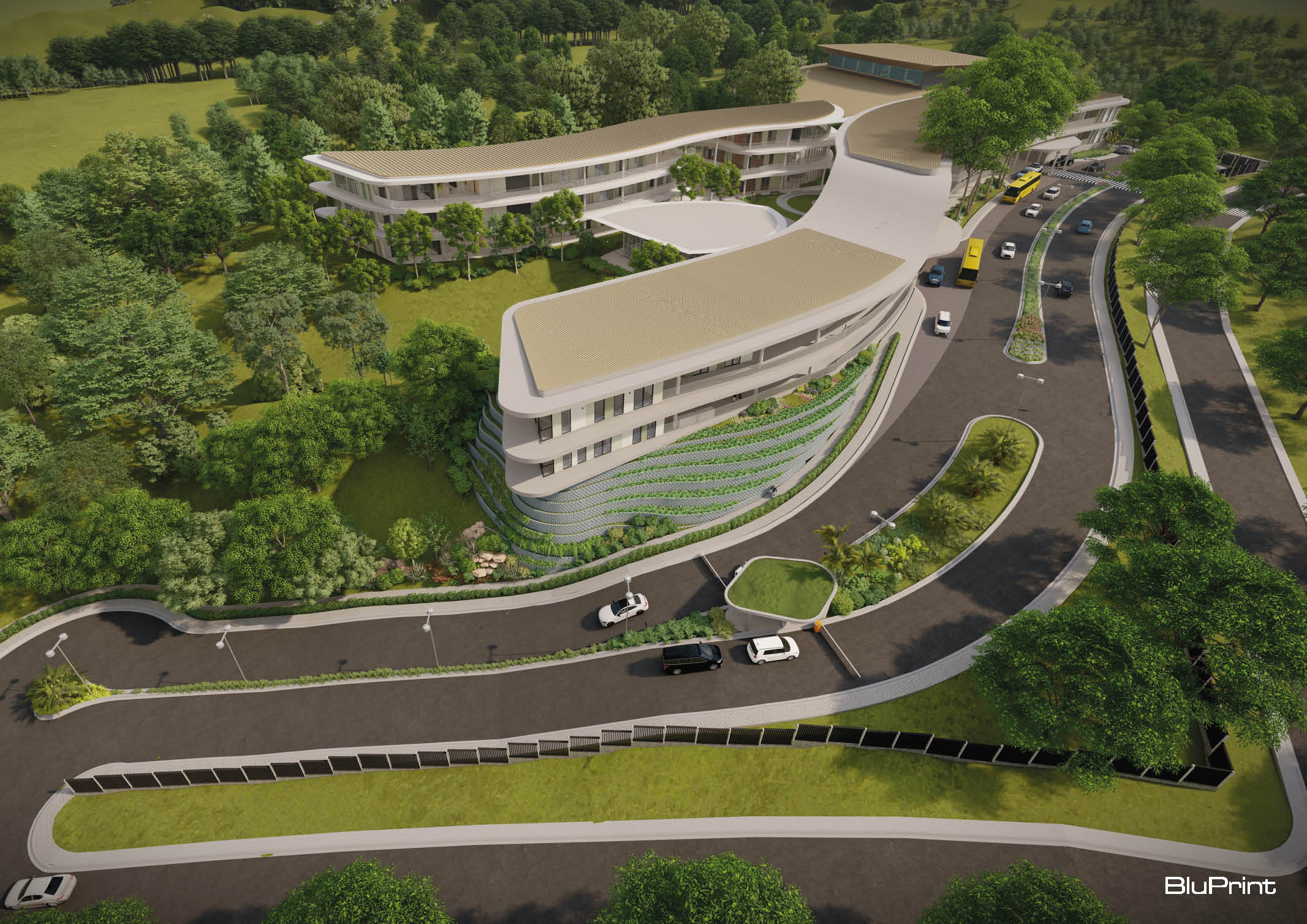
“Architects should take every opportunity to push design whenever possible by involving other disciplines outside of architecture that would help move it forward. It is not enough to rely on past historical examples or case studies. There is a need to critique past and current models to determine if they are still relevant to our times.” – Ed Calma
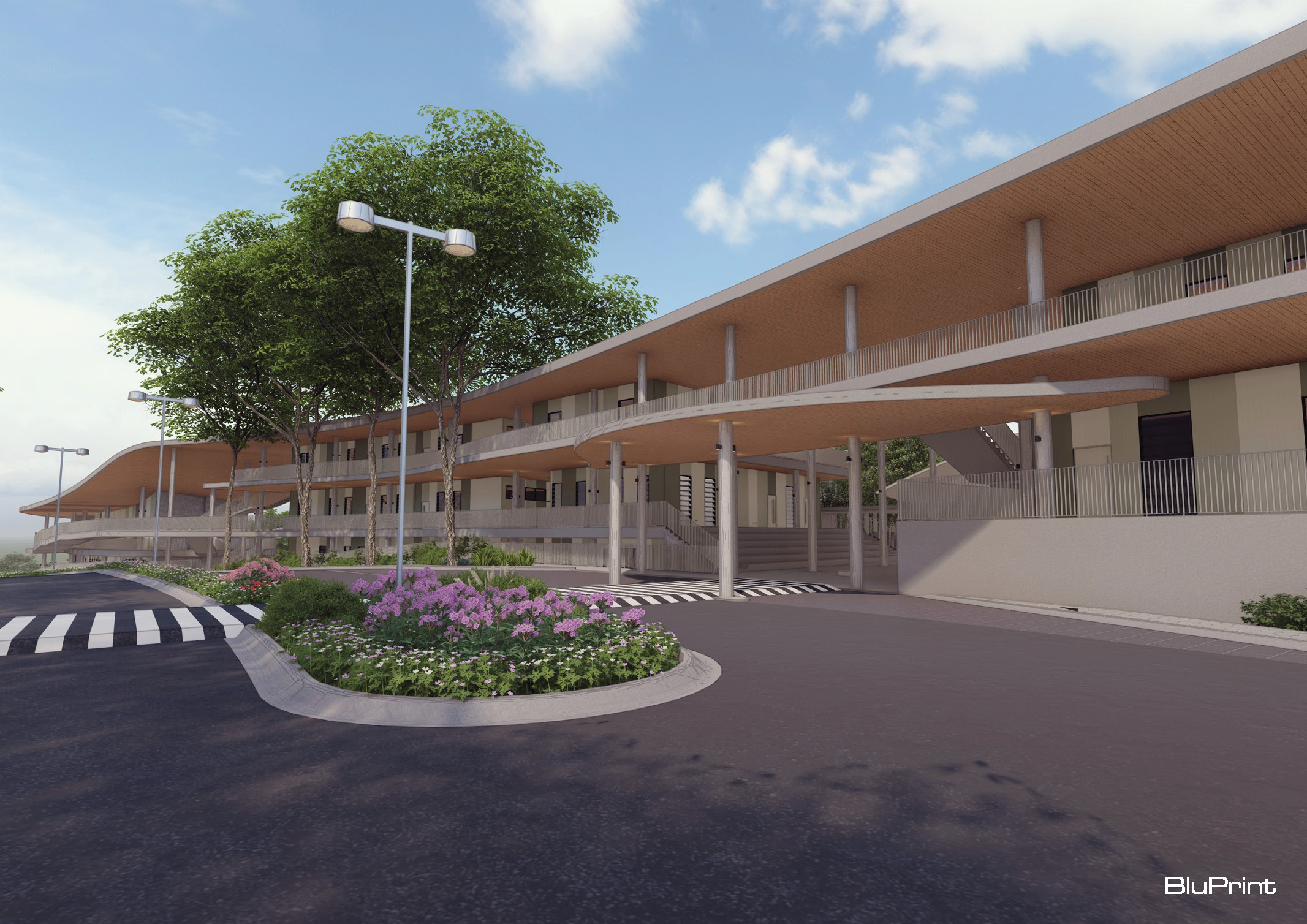
The proposed Miriam College Alviera in Porac aims to be a benchmark for creative campuses. Learning is not limited to classrooms but is extended to all open areas where students can engage and interact. All classrooms and facilities have the option to be naturally ventilated in order to take full advantage of the site’s elevation. (Photos courtesy of LOR Calma & Partners)
Pushing forward means innovating, and sustainability should also be considered. He believes that sustainability must be implemented on a larger scale because a single sustainable structure cannot have a significant impact. For the nation as a whole to achieve a lasting ecological balance, sustainability must be aggressively implemented as a national policy. Cities must be resilient and sustainable despite natural disasters. Therefore, it is essential to comprehend the natural phenomena occurring in the region. He puts Barcelona, the Netherlands, Finland, and Sweden as model cities and countries. To him, these places are not only sustainable and conscious about energy consumption, but they are also disaster ready because they were well-designed to adapt to their respective environments.
The Calma Composition and Narrative on Philippine Architecture
Ed Calma, staying true to his unrestricted modernist core, believes that there should be no fixed character or elements distinguishing Philippine architecture. It should be left up to the architects to define, but it must take into account our tropical climate, the subtleties of our contemporary local culture, and building technologies. As the leading modernist architect and designer in the country, he places a premium on presenting a fresh and broader perspective. He emphasizes the importance of accepting new approaches without limitations.
“We have to keep moving forward with modernism. Modernism in the 1920s and 1900s differs from Modernism today due to technological advancements, changes in the environment, and how the city and its people behave.“
The proposed Davao Civic Center is an effort to develop a cultural hub with a powerful architectural expression motivated by the national flower of Davao, the Waling-Waling. Ed Calma’s design was inspired by the quality and experience of the space between overlapping petals and how these petals can be used as a language to express the spatial character of the various functions of the interior. (Photos courtesy of LOR Calma & Partners)
In composing a design, he considers the site’s specifics, the client profile, and the available technology before incorporating his perspective. Every structure that Ed Calma designs is an exemplary work of art. According to him, for a project to be successful, both the client and the city must be receptive to novel ideas. Budgetary restrictions might exist, but they have little impact on him because he knows that even basic materials can be elevated. For the project to be deemed successful, all of these criteria must be met. However, Ed Calma can still produce something substantial even if one of these factors is weak. The most crucial factor, according to him, is “being relevant,” along with how the design will be viewed as a contribution to the architectural culture not only in the Philippines but around the world.
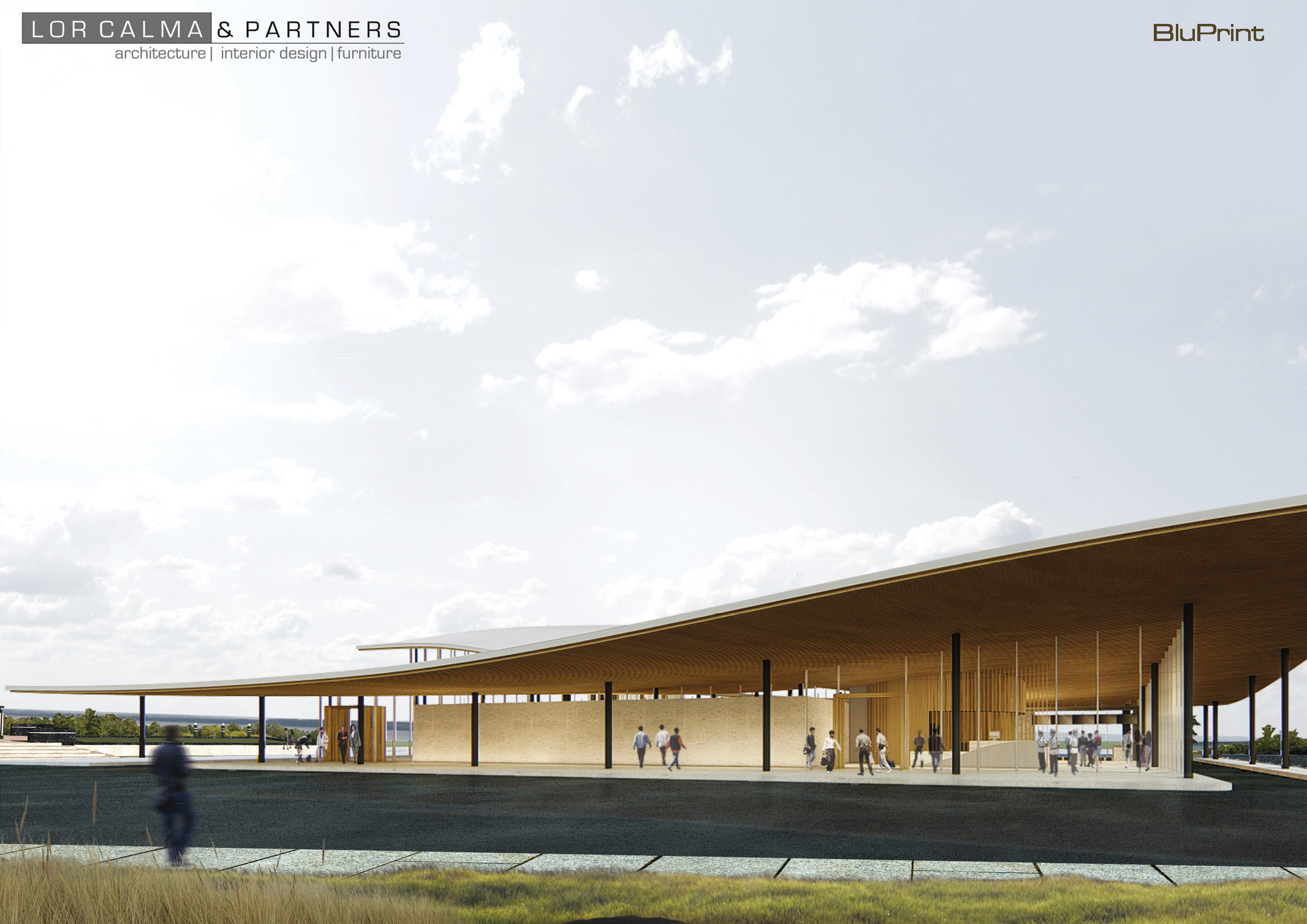
Proposed Baler Airport. The roof’s undulating shape serves as a recognizable entrance to the city and resembles the mountain ranges where Aurora is located as well as the surfing waves that made Baler a popular tourist destination. (Photo courtesy of LOR Calma & Partners)
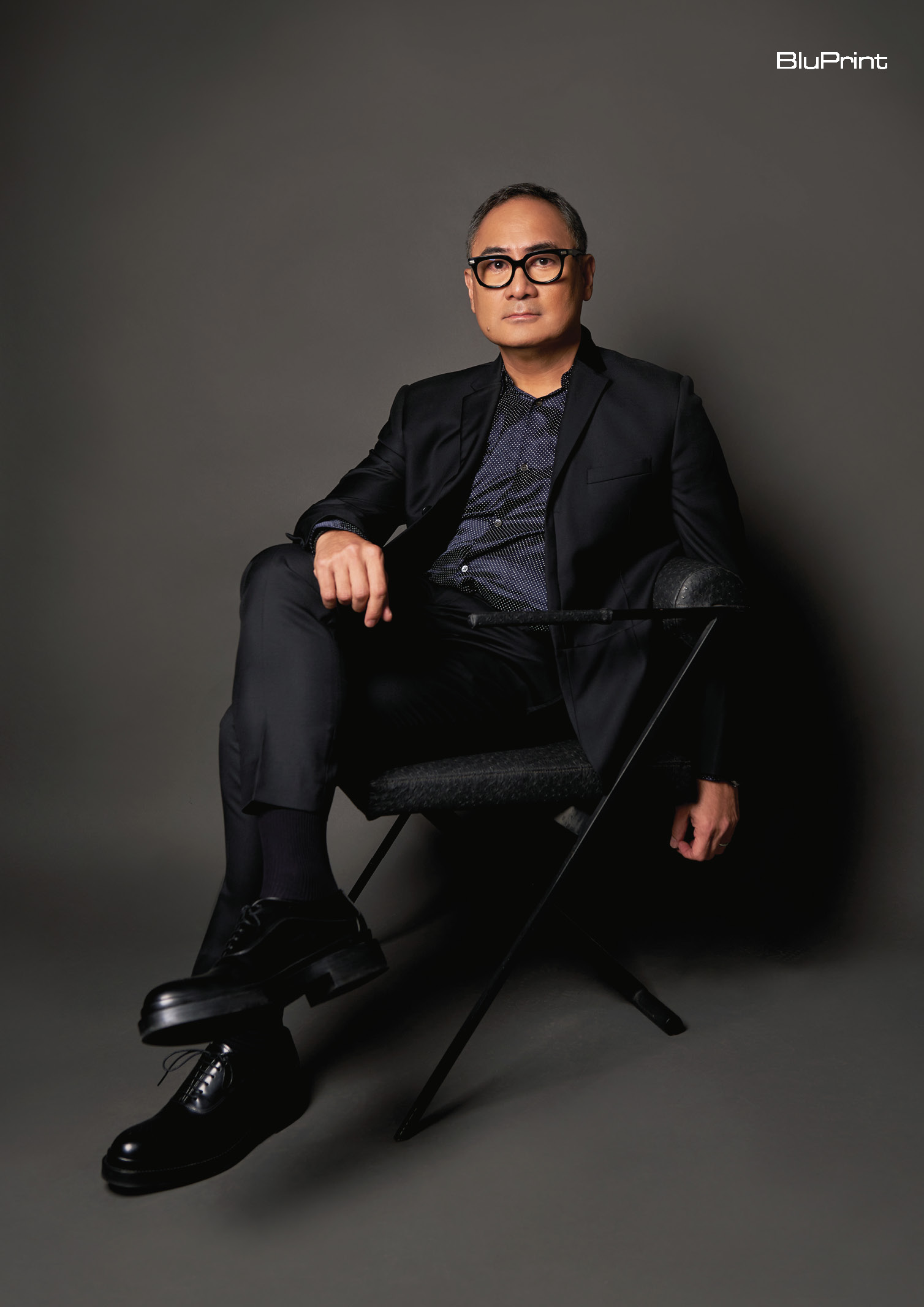
He preaches by way of his creations and contributions to the field of architecture and design, demonstrating why he is at the fore of the modernist movement in our nation. In a generally conservative environment, it takes guts, experience, skill, and courage to be able to make a name for yourself. He will continue to be an inspiration for the industry to break the mold and create without boundaries because of his vision for a better urban landscape that garners global recognition and an uplifted society through modern architecture.
PROJECT CREDITS:
Text CARISA MAGNO
Interview RICK FORMALEJO
Sittings Editor GEEWEL FUSTER
Photography KIERAN PUNAY
Art Direction DIANNE NICOLE FERNANDO
Video MIGUEL LIM
Shoot Coordination ERICA LUNA and MAE TALAID
Shot on location LOR CALMA & PARTNERS OFFICE

